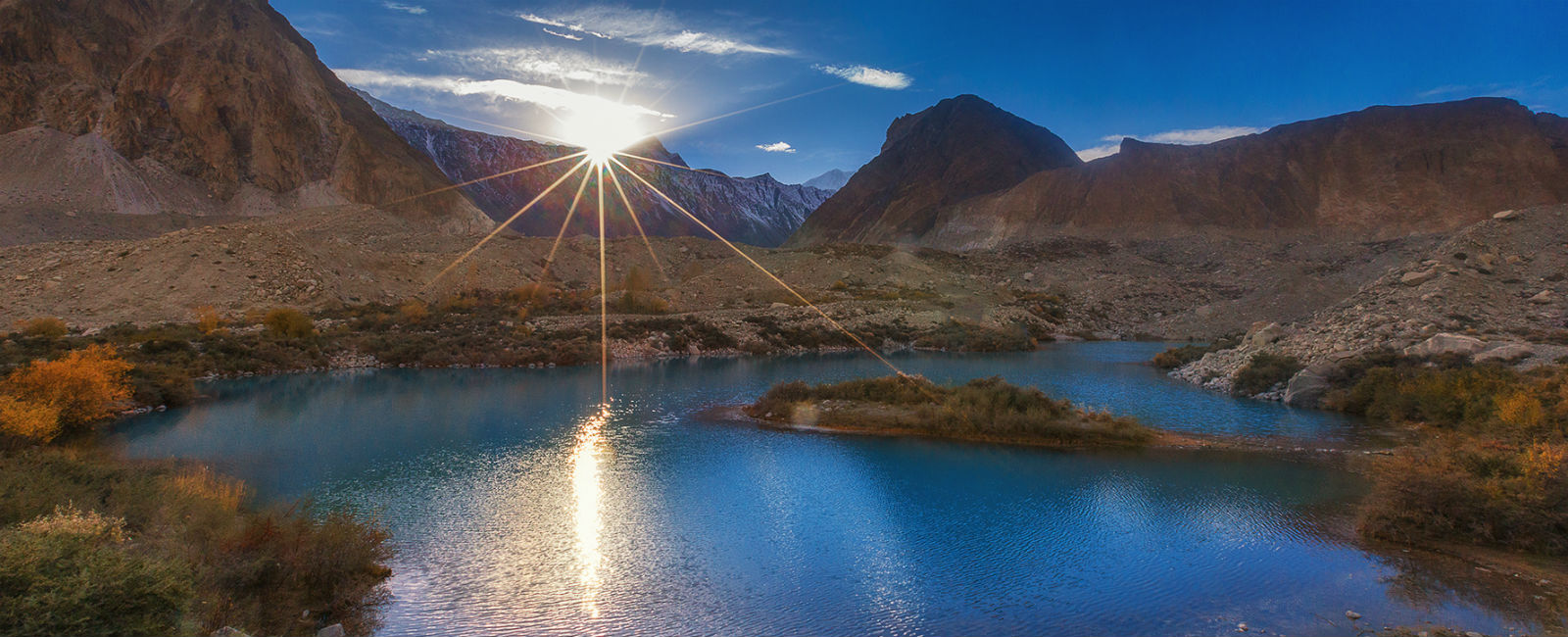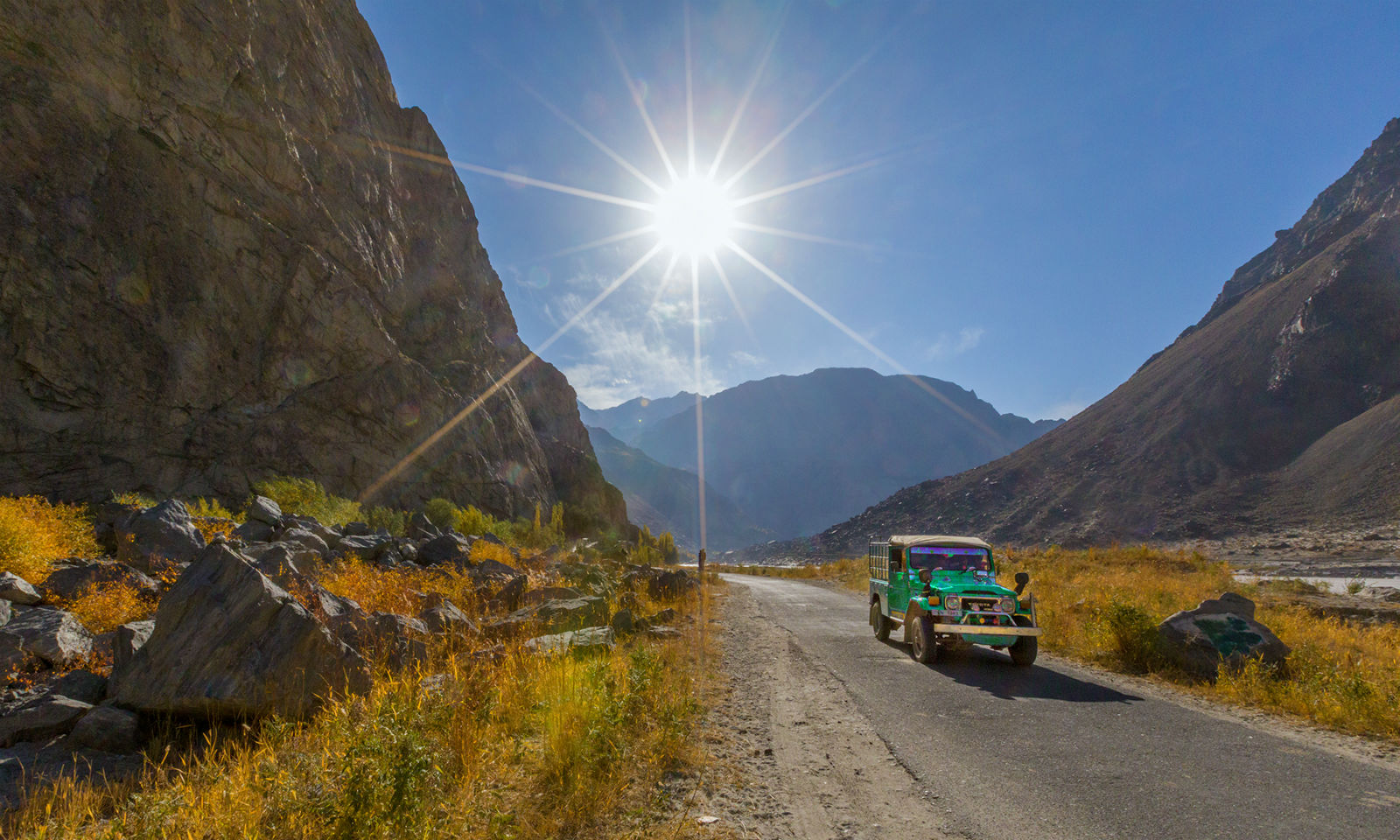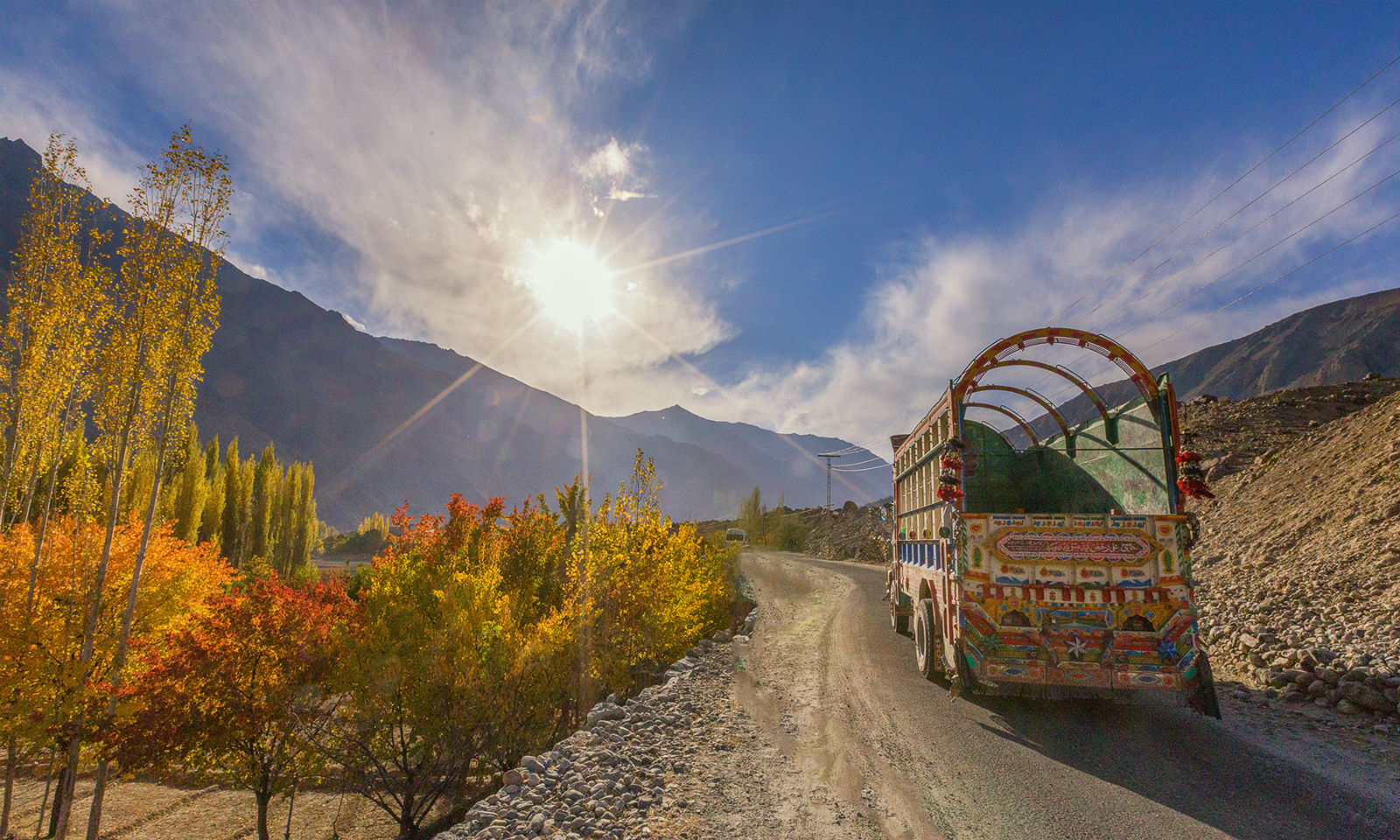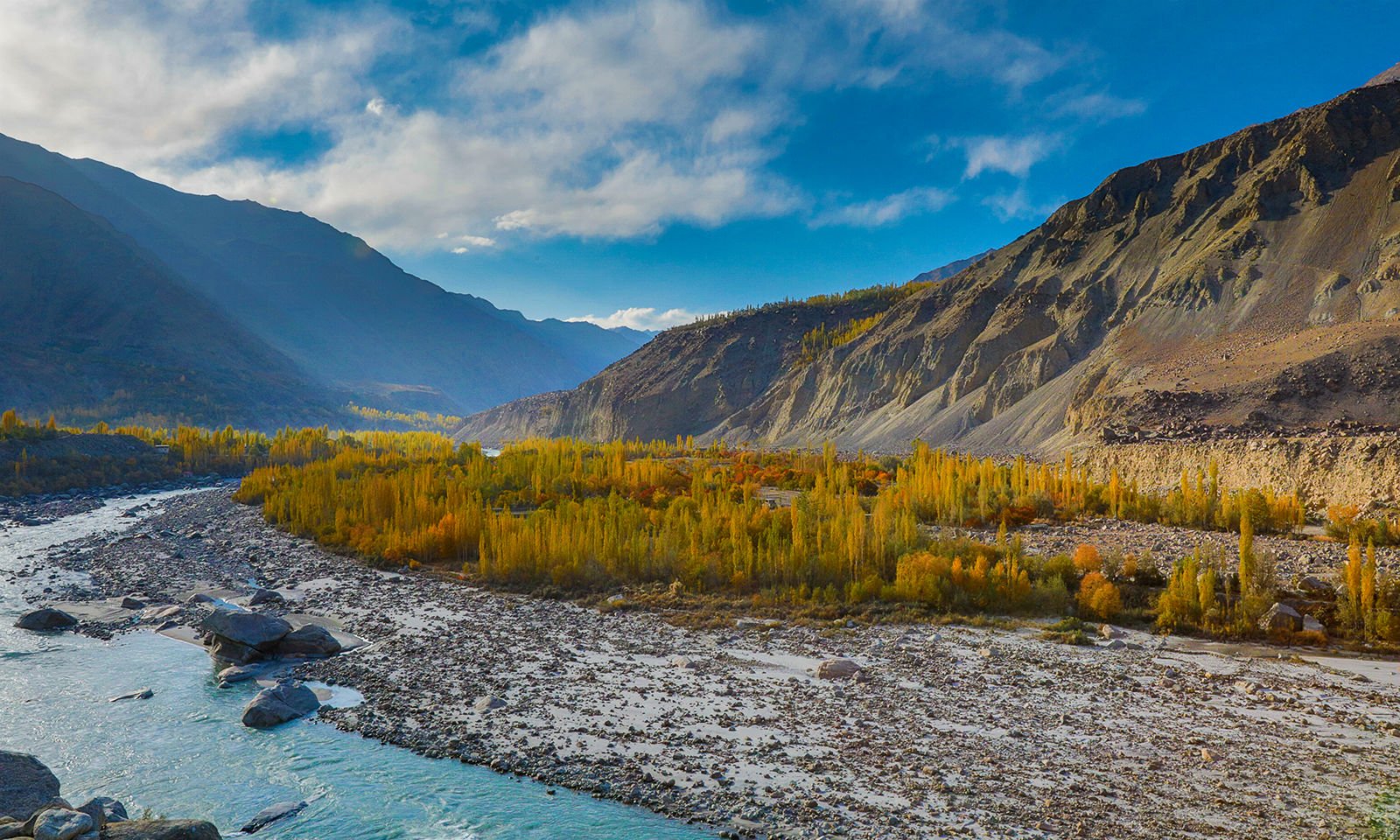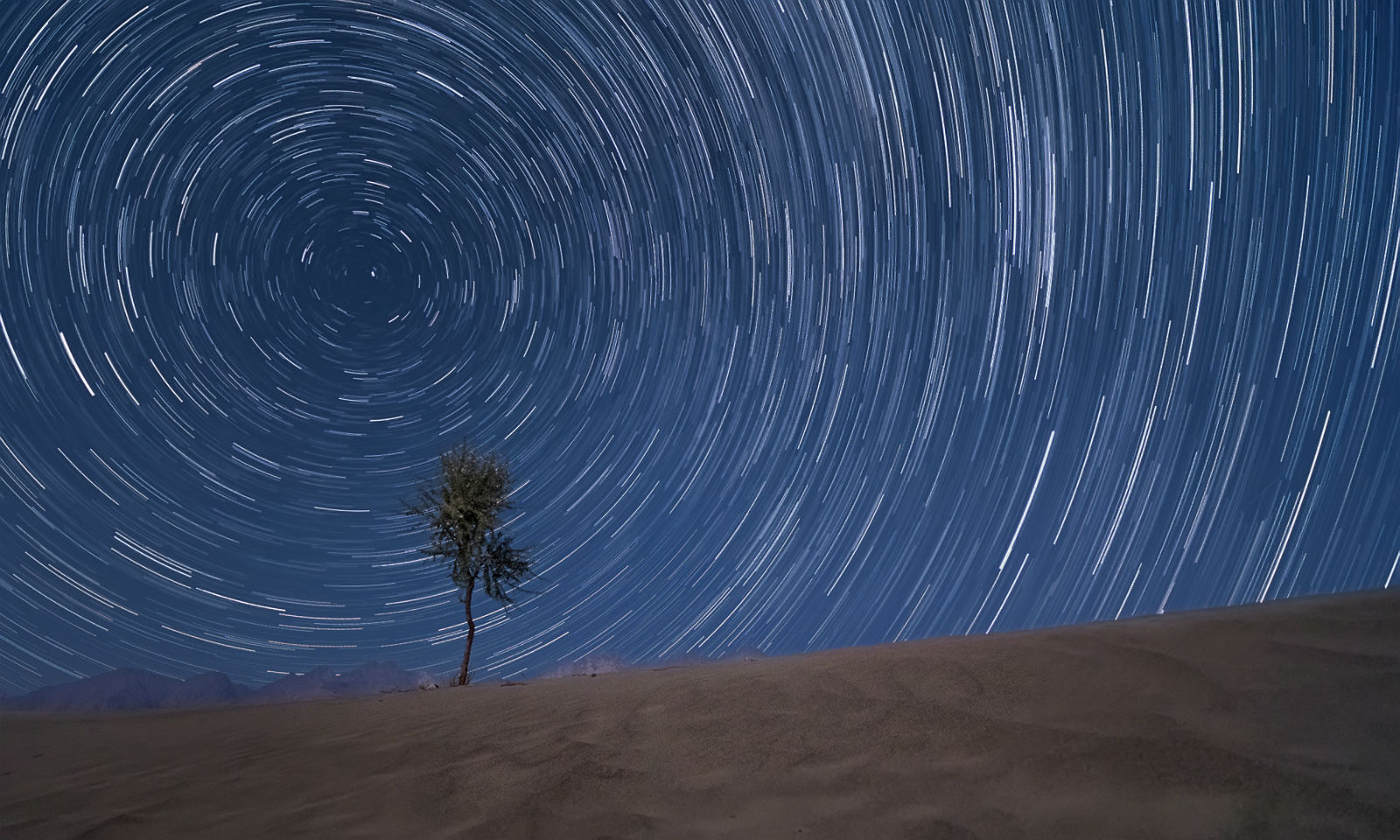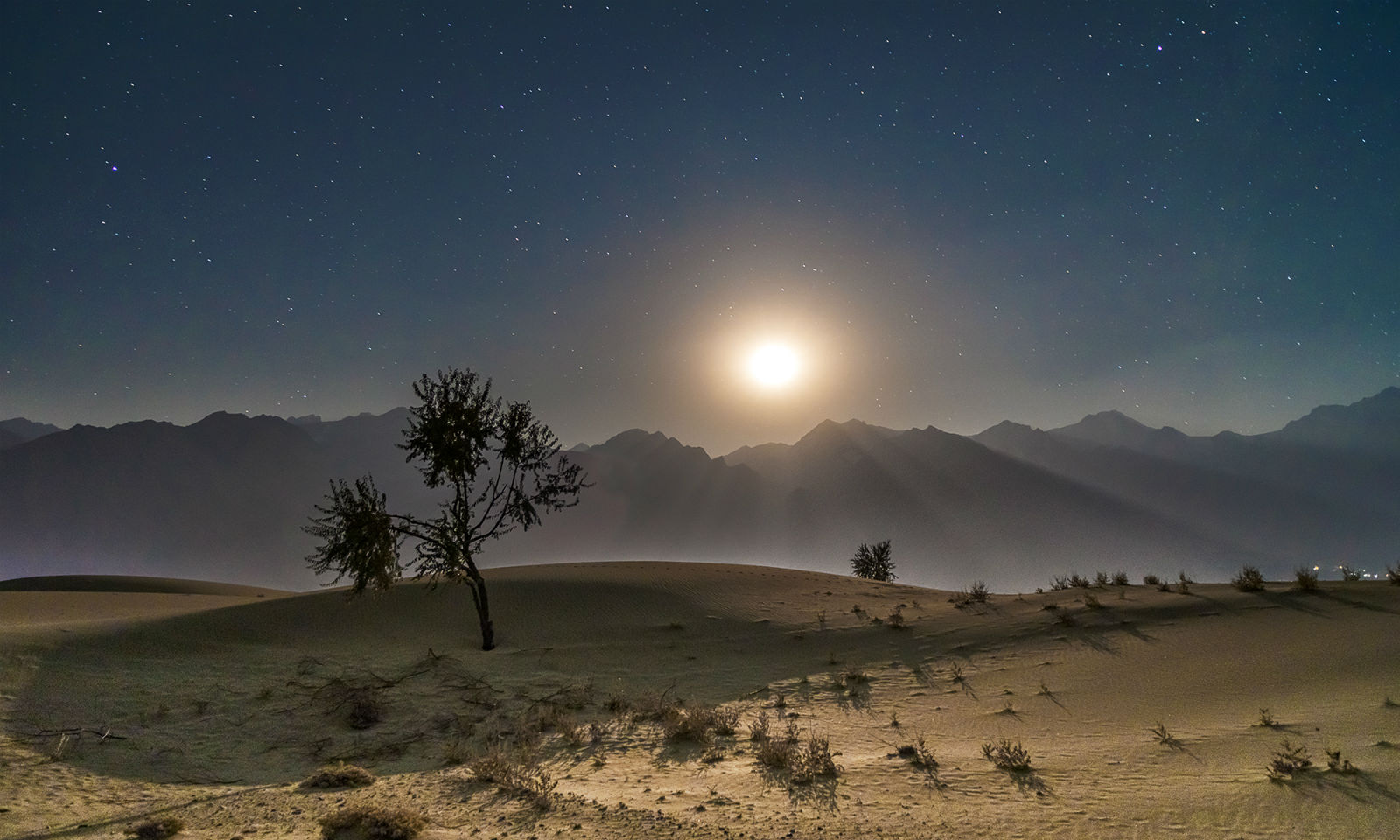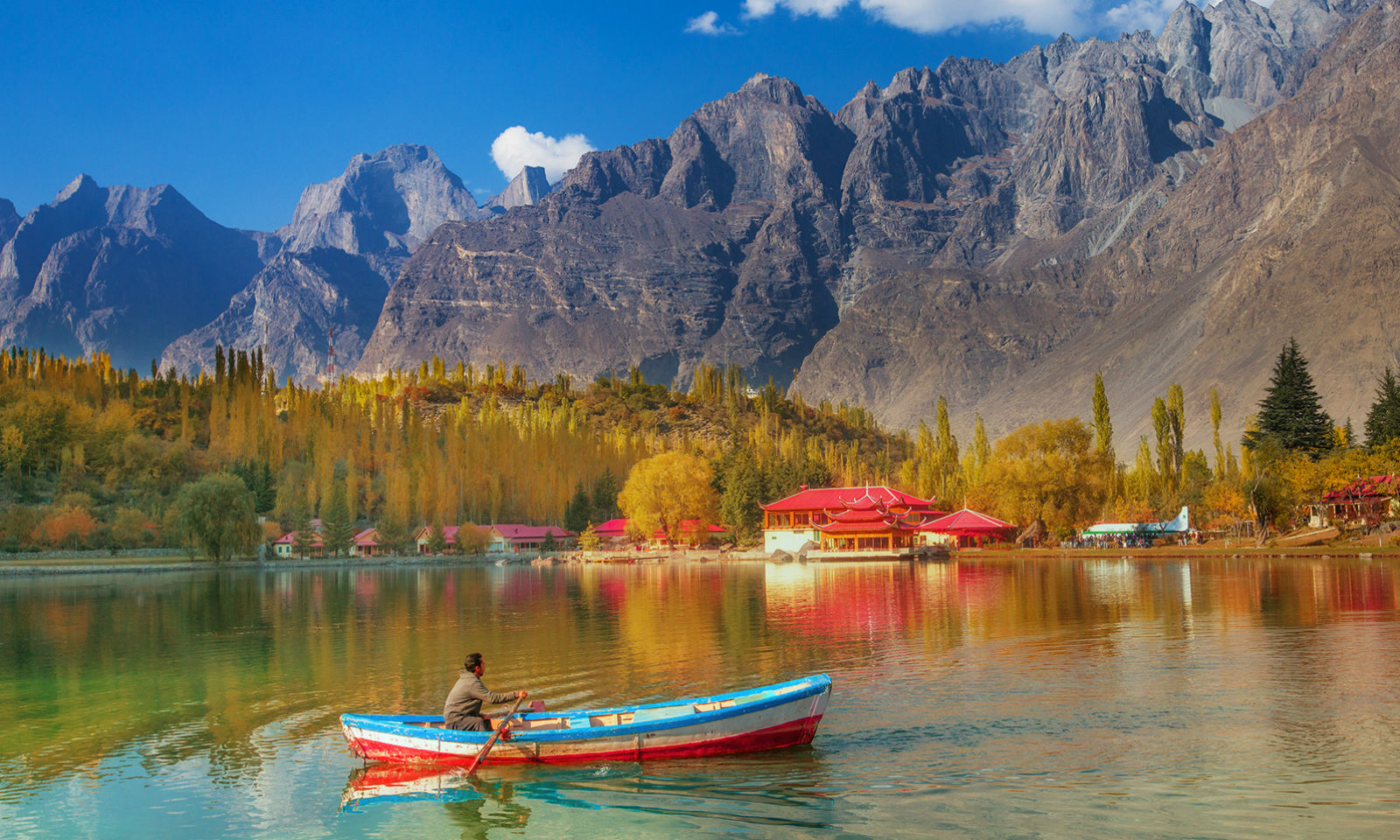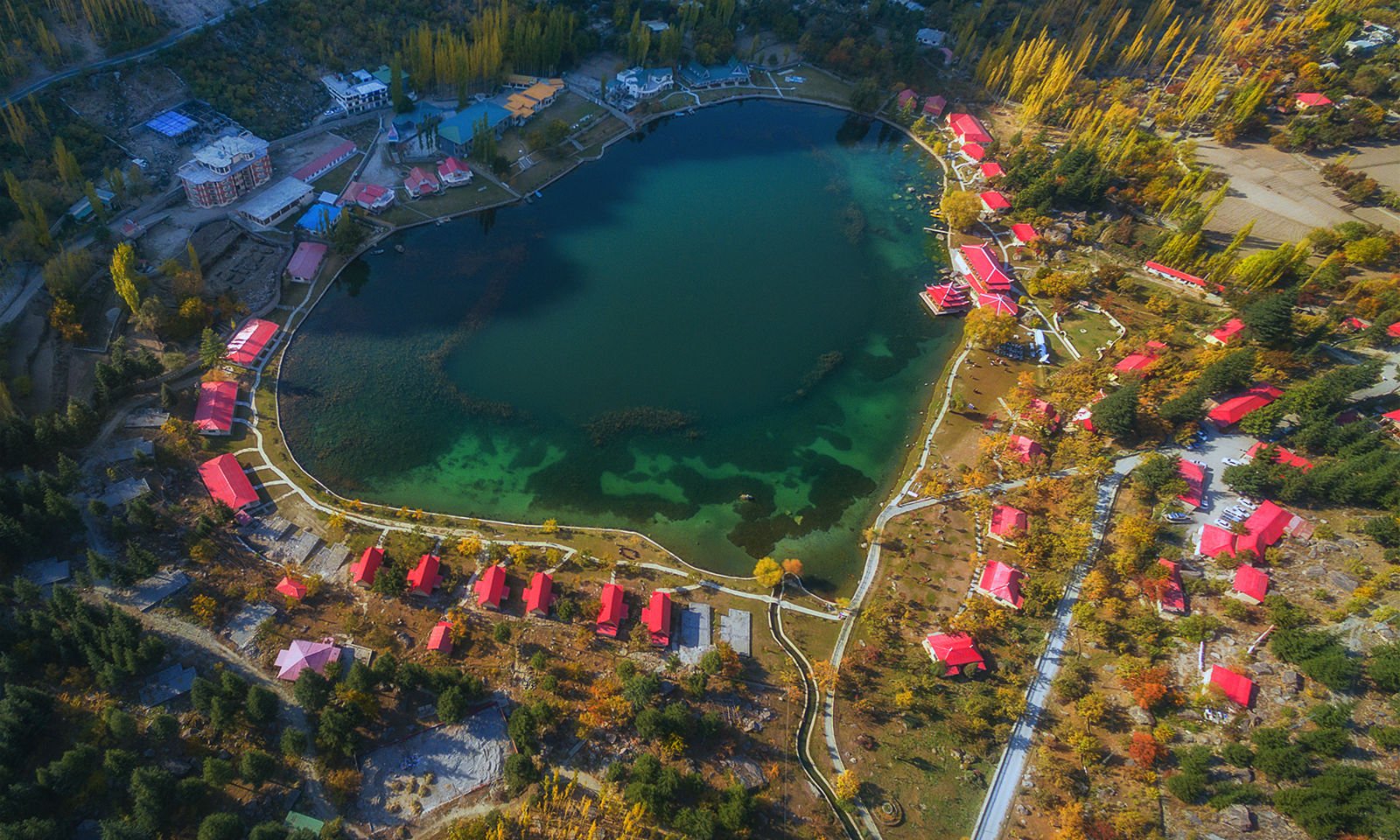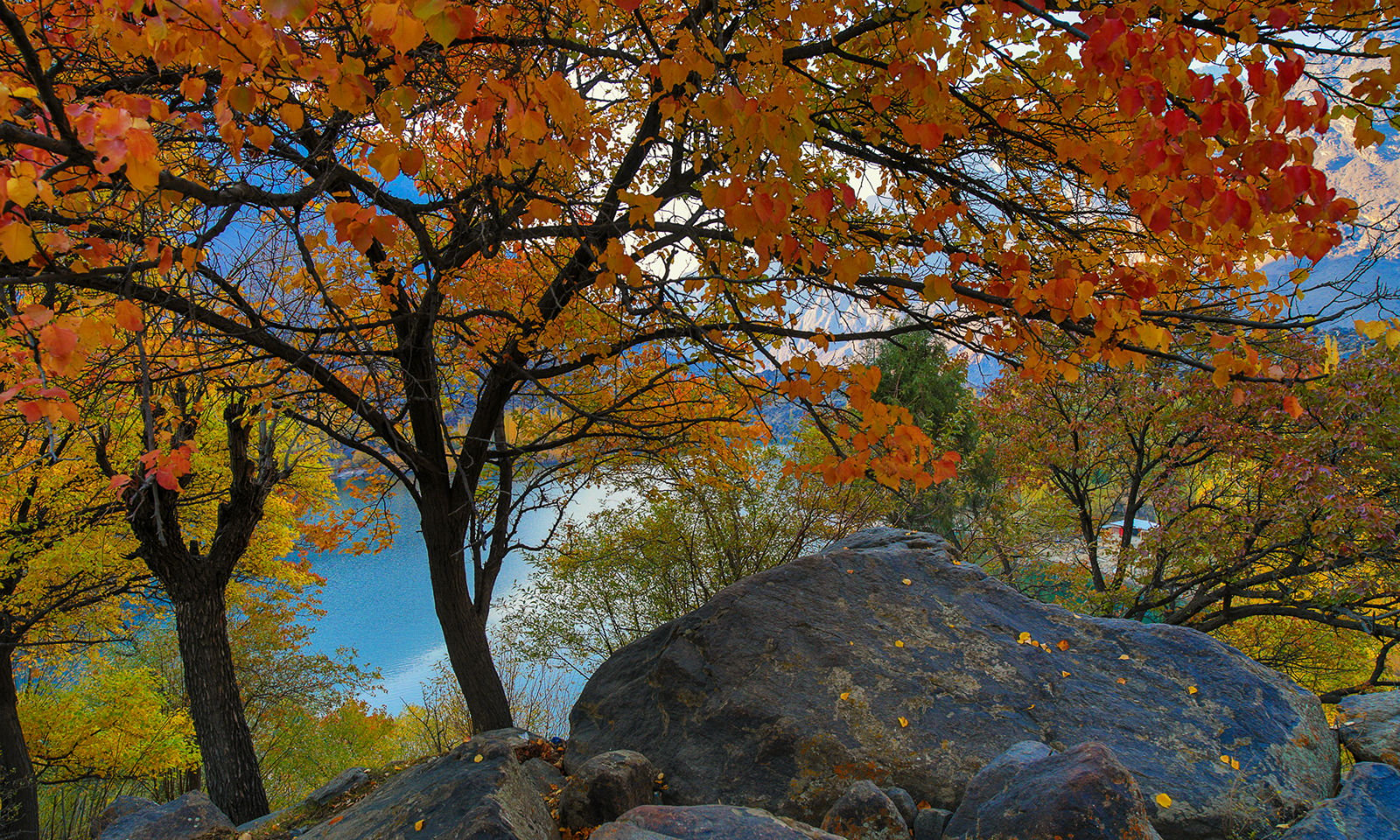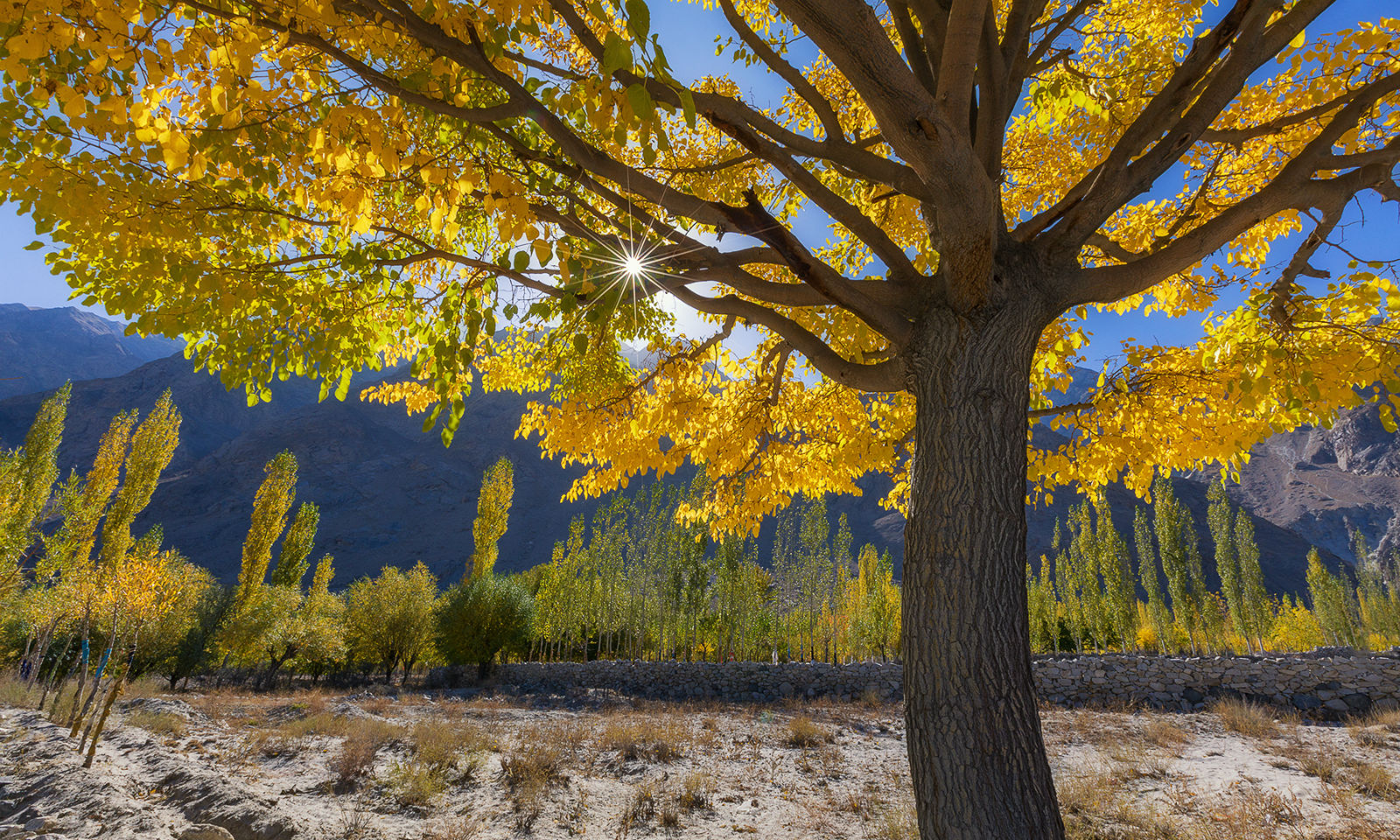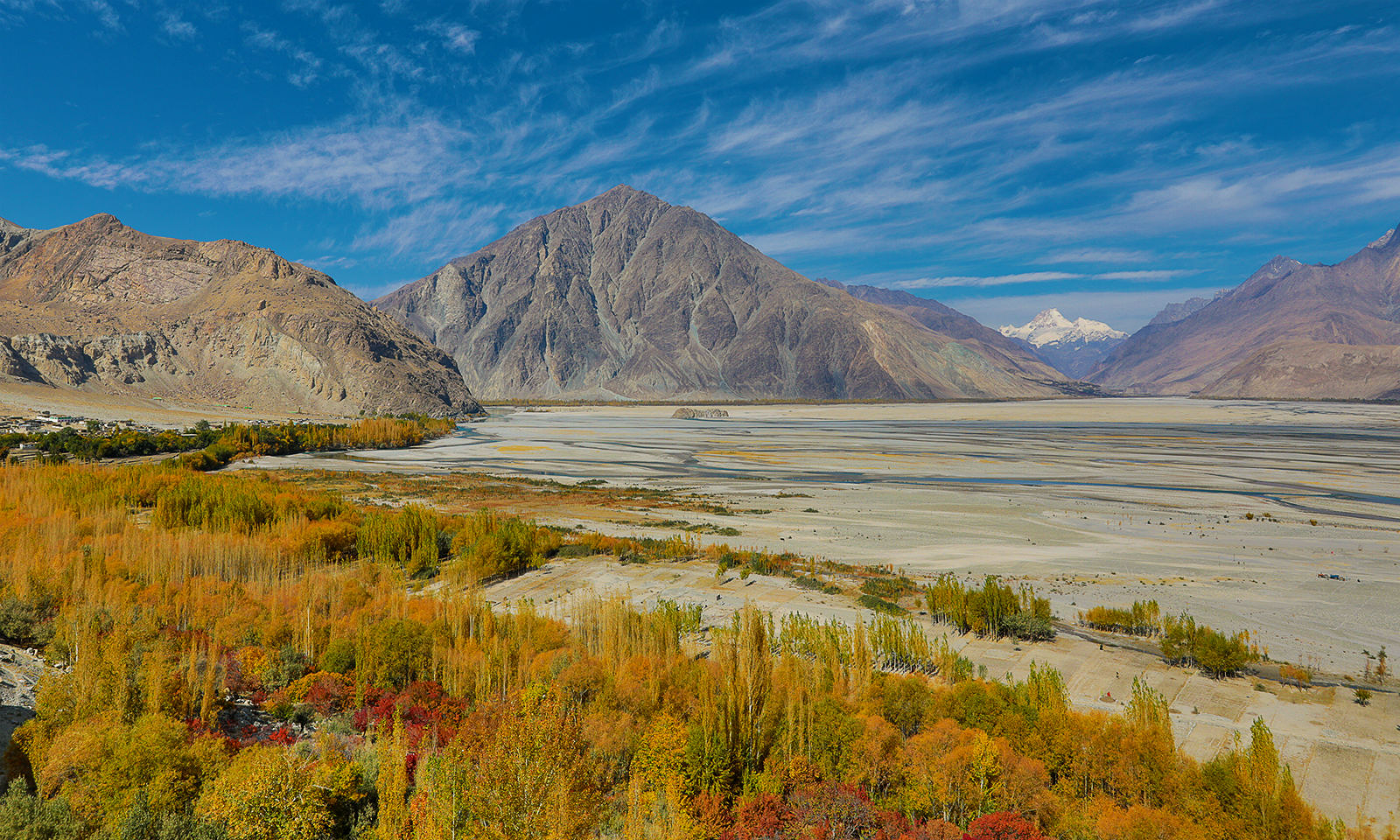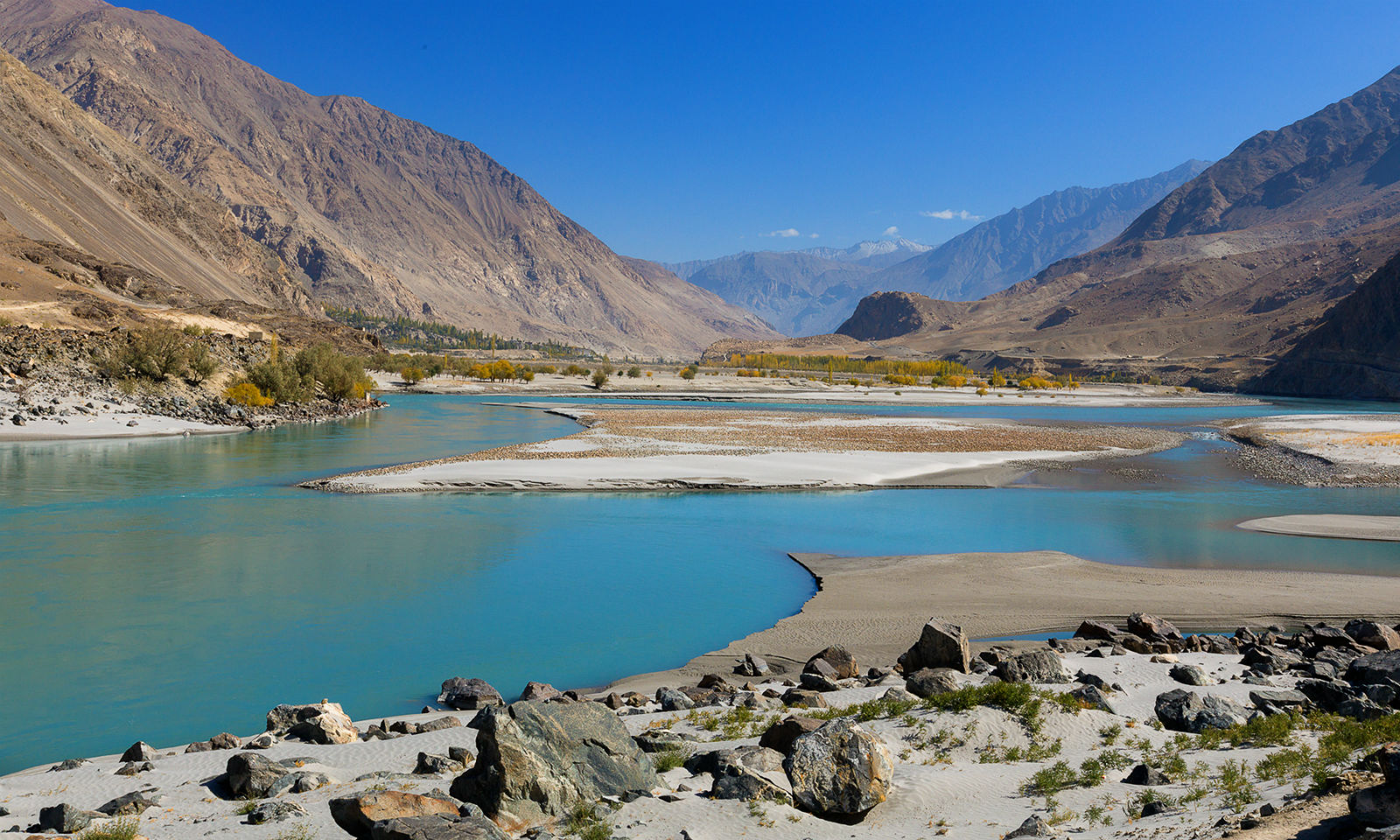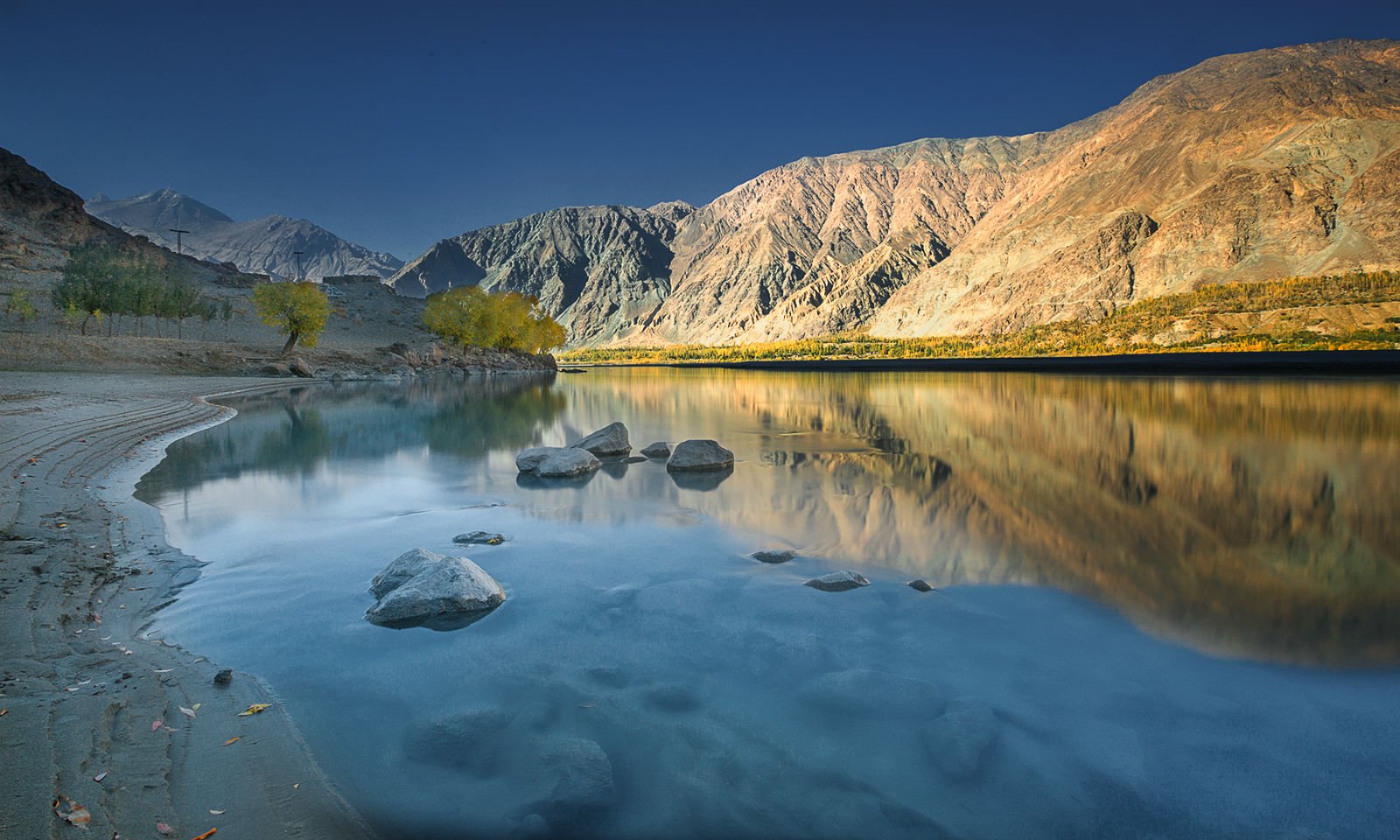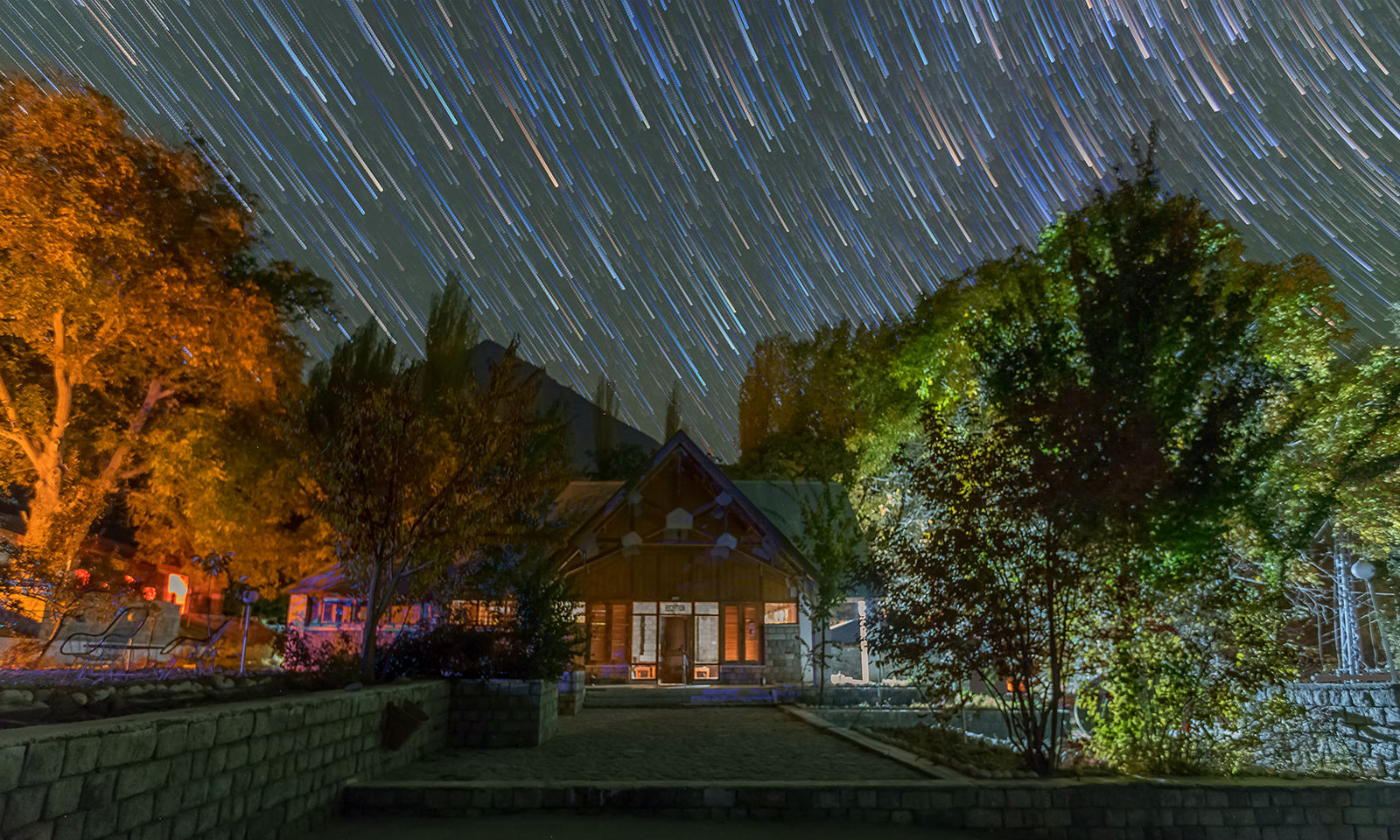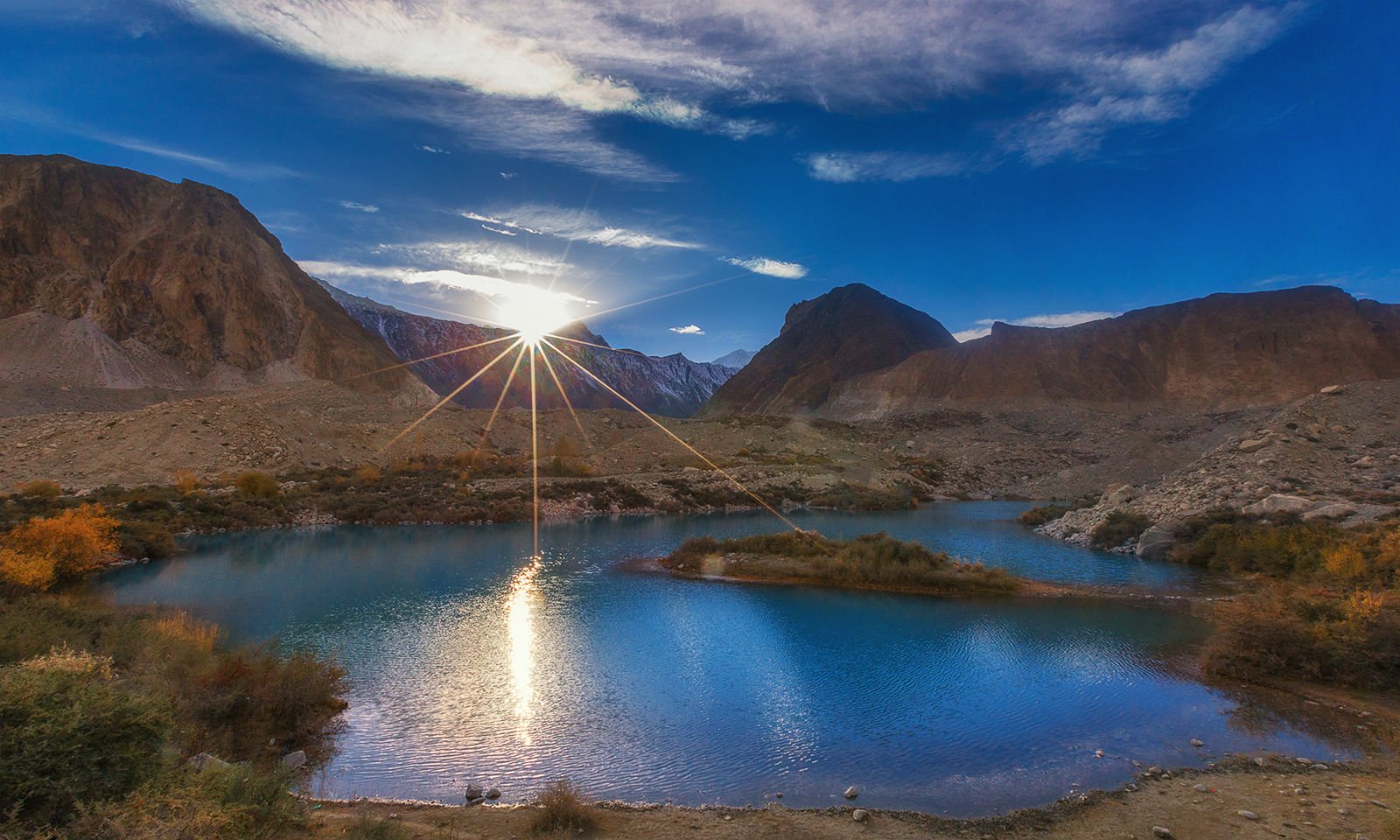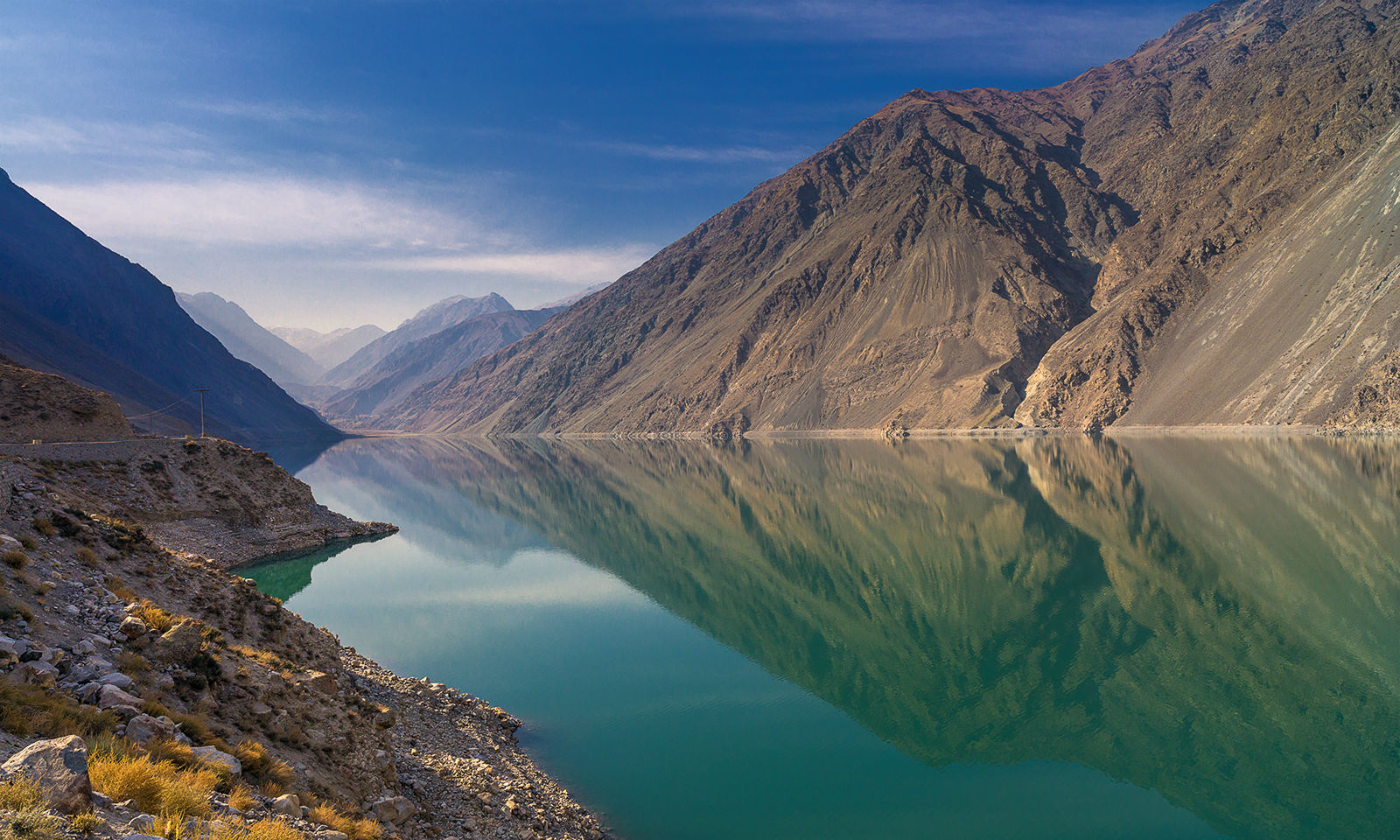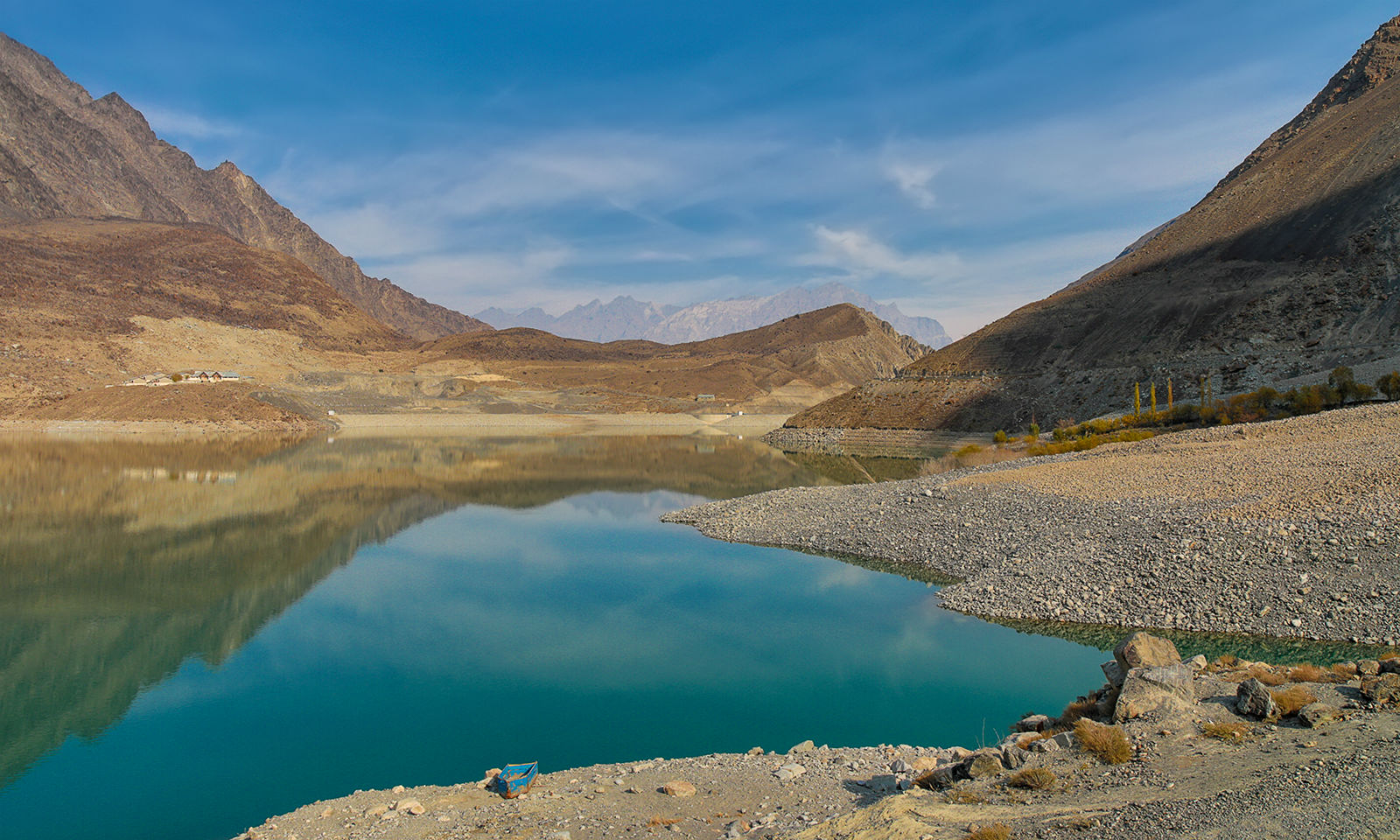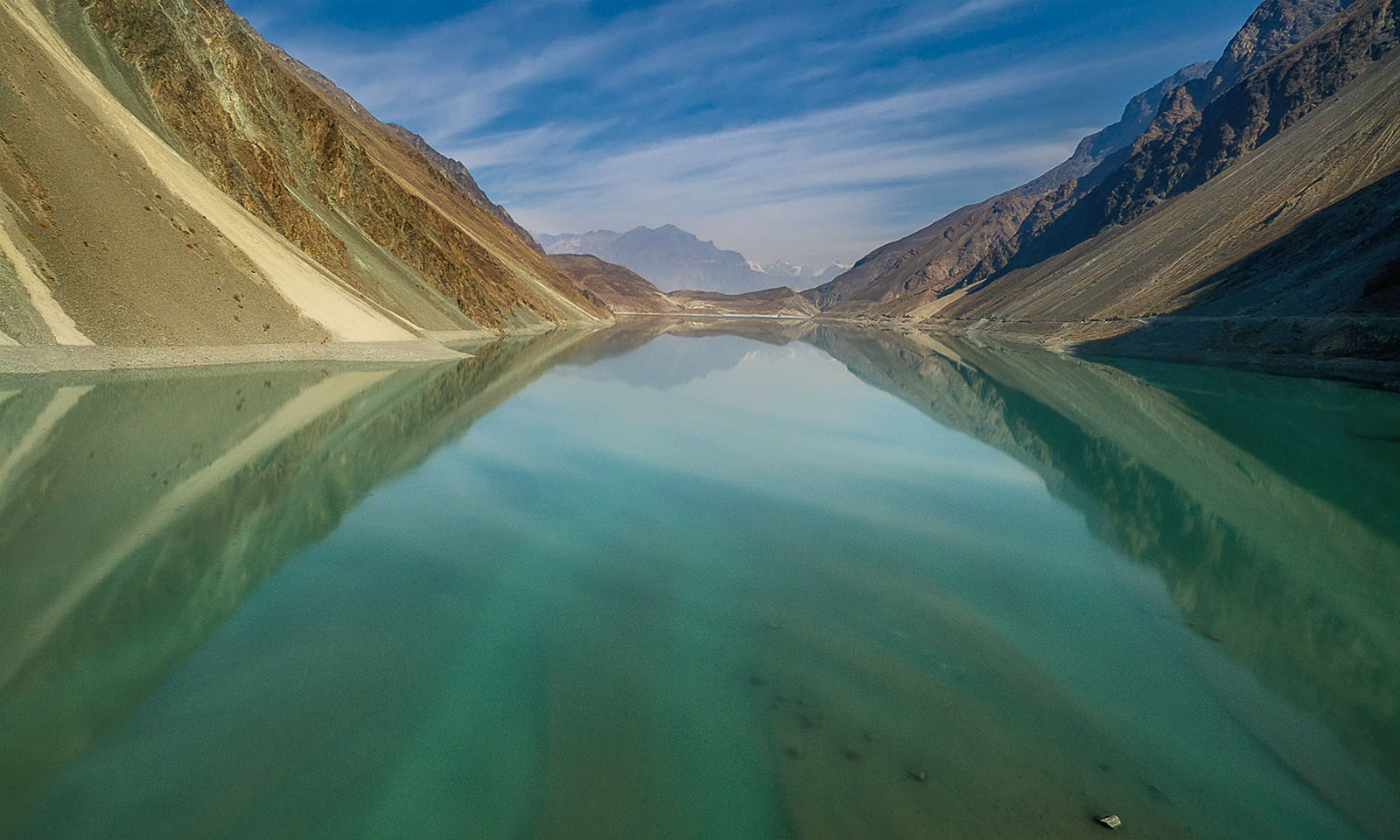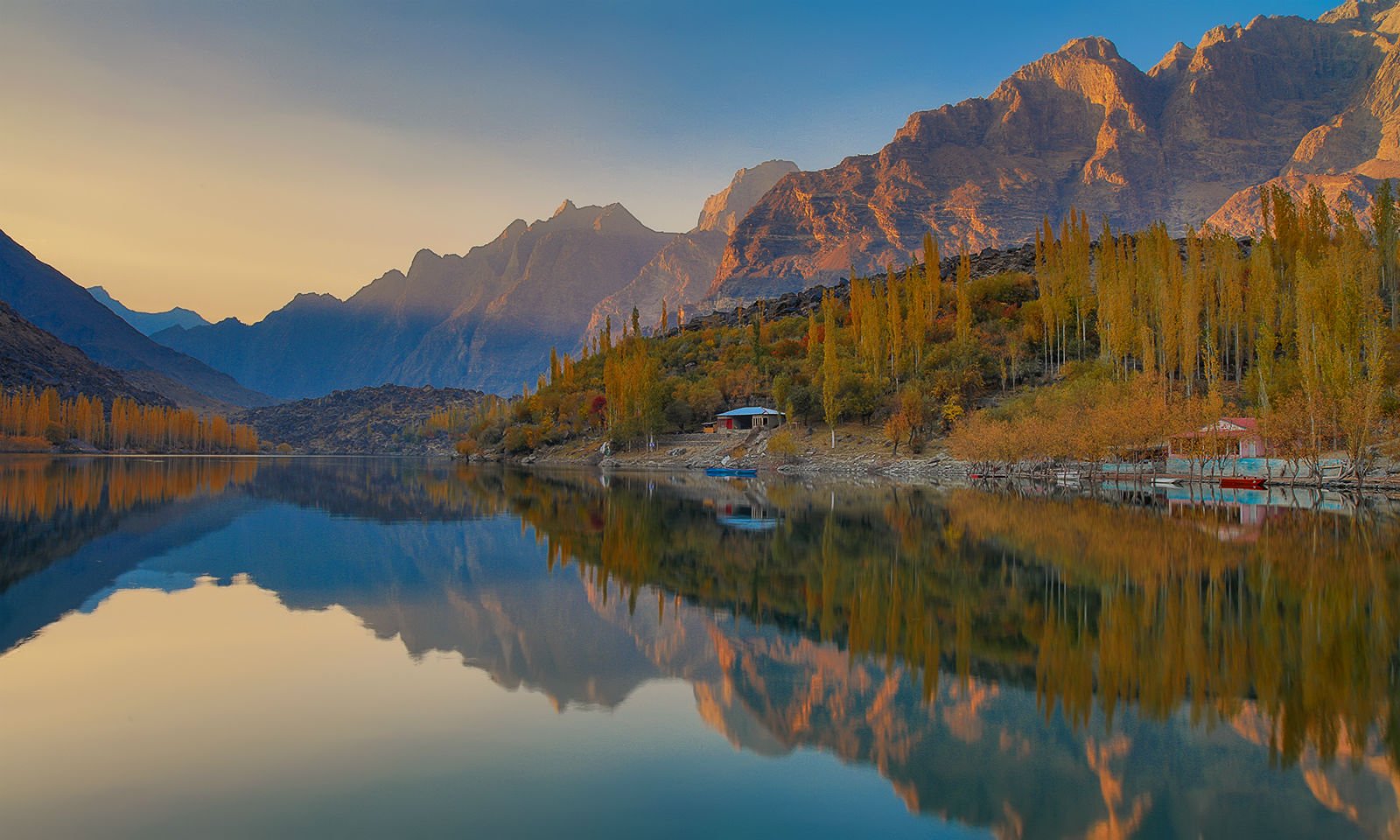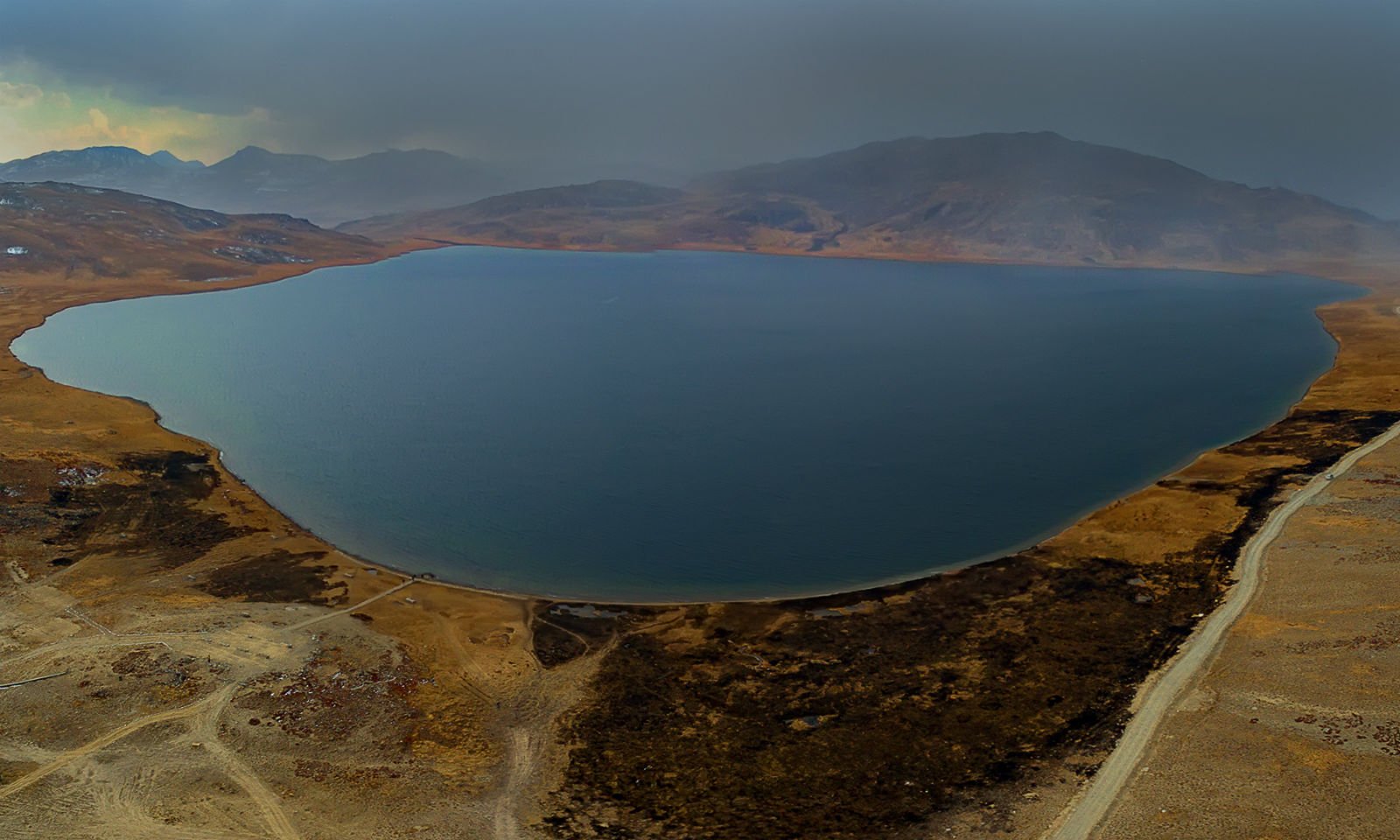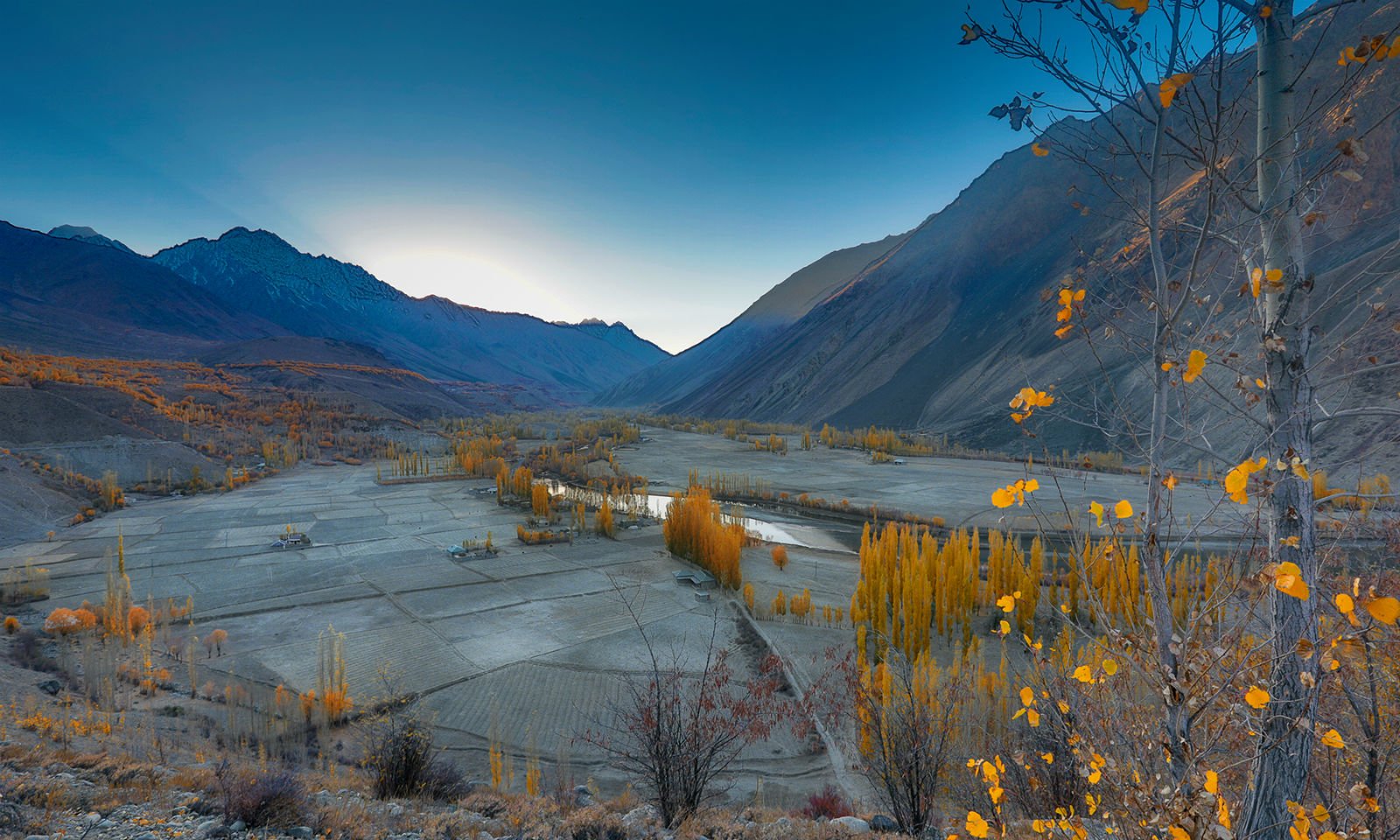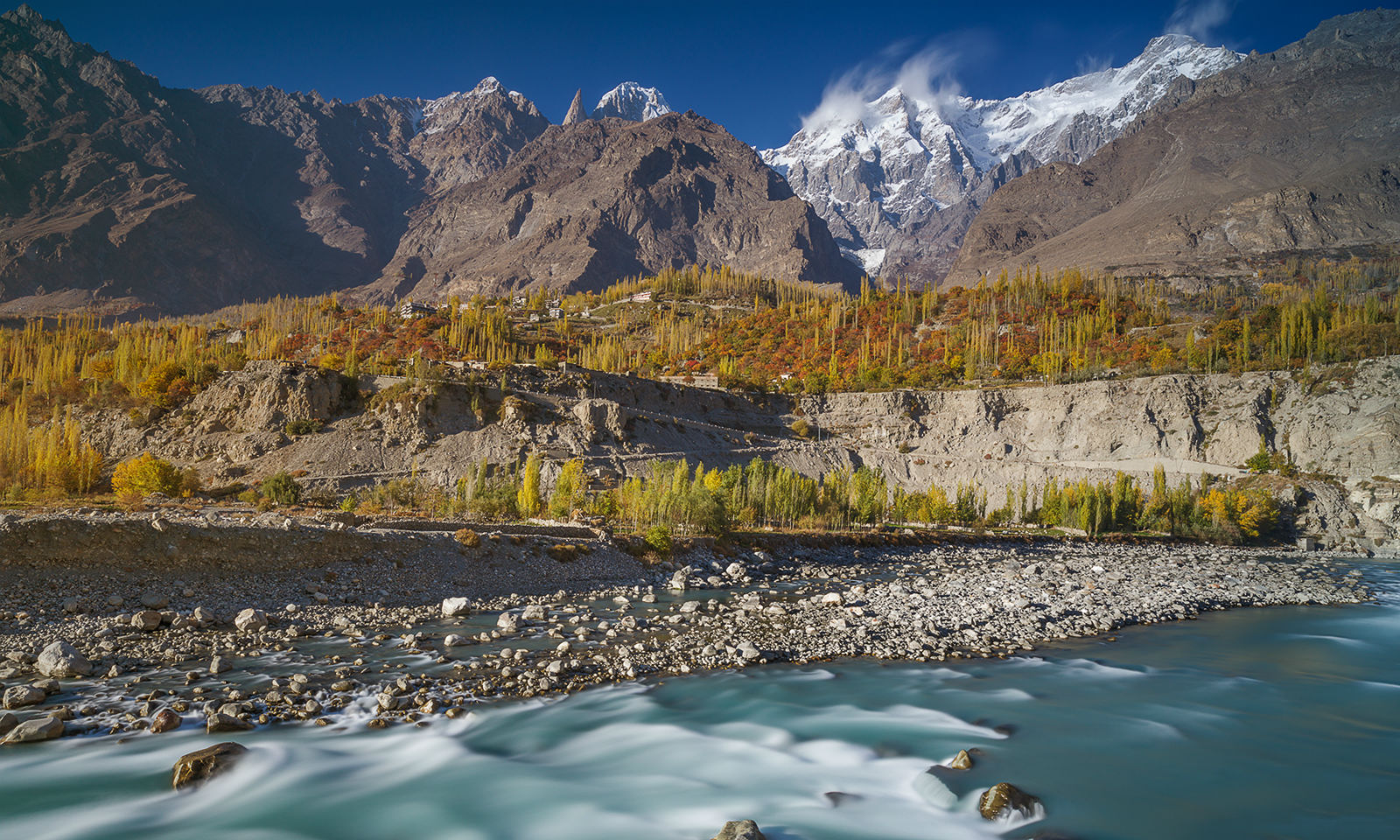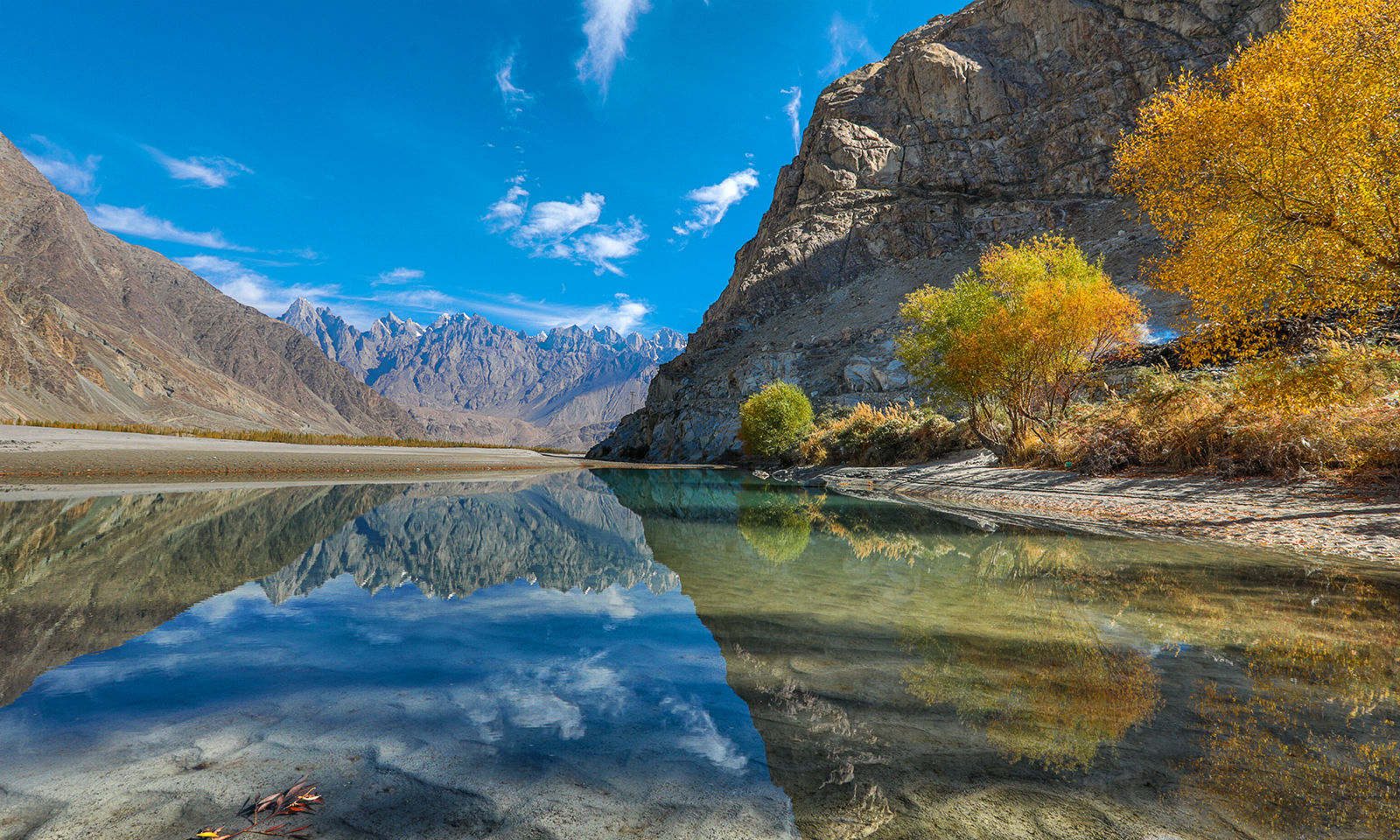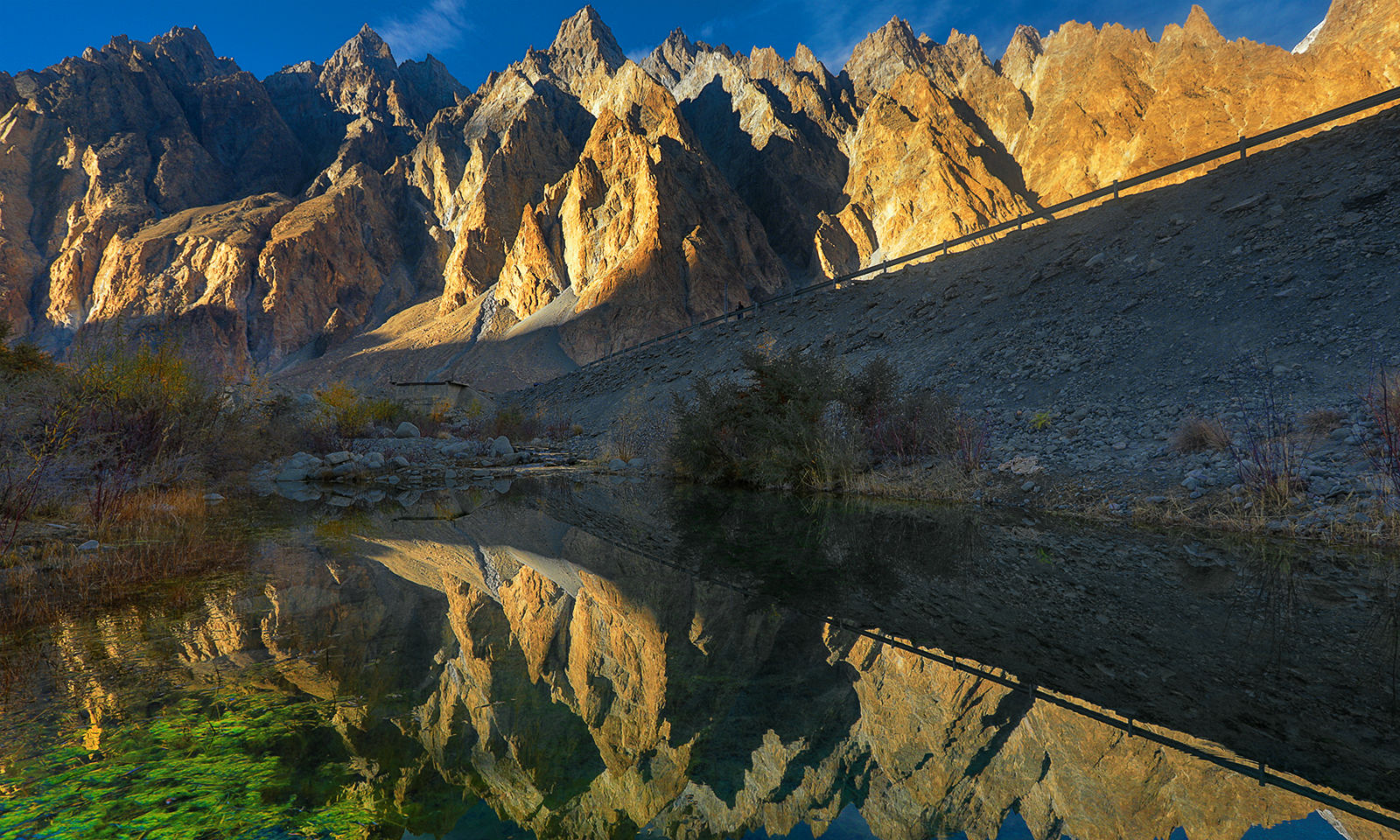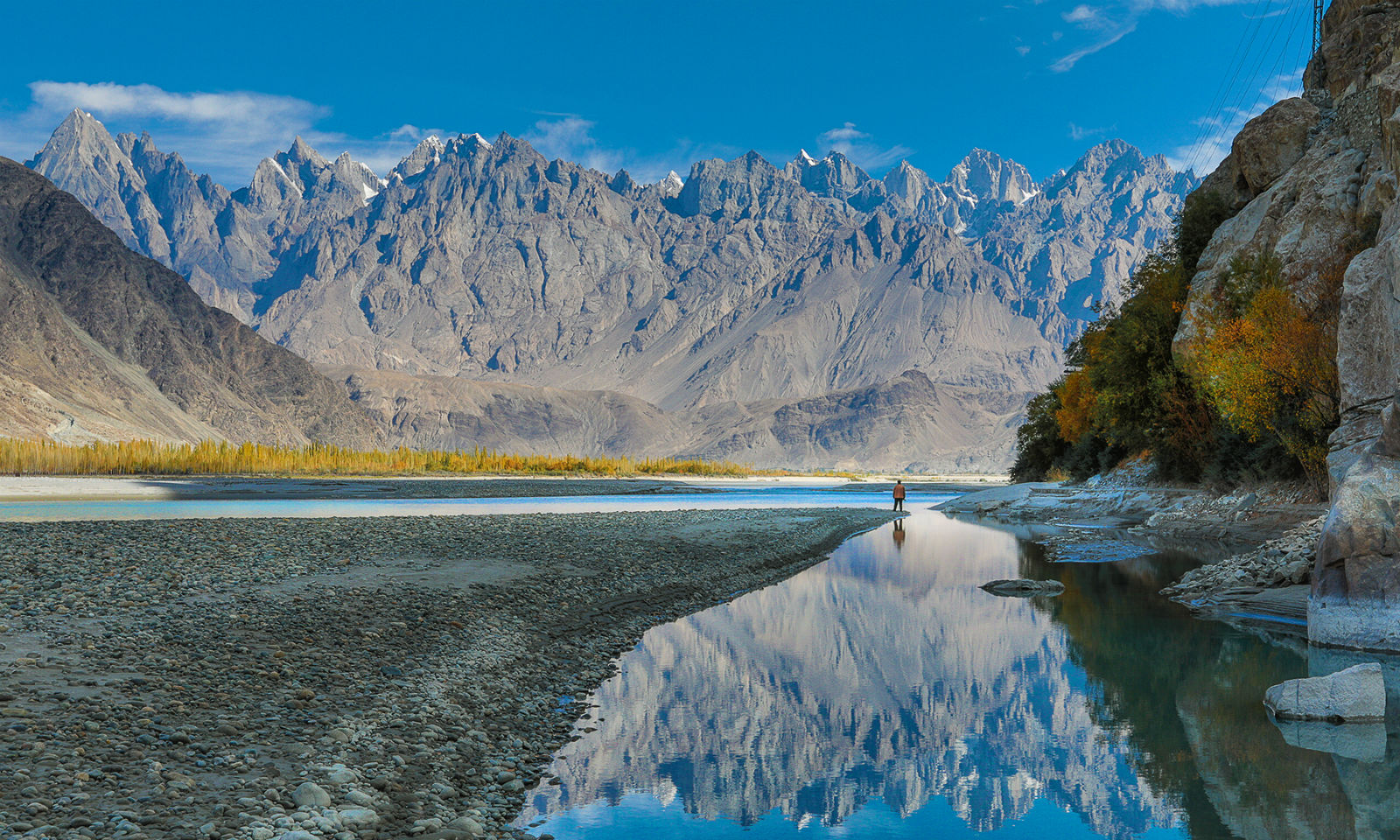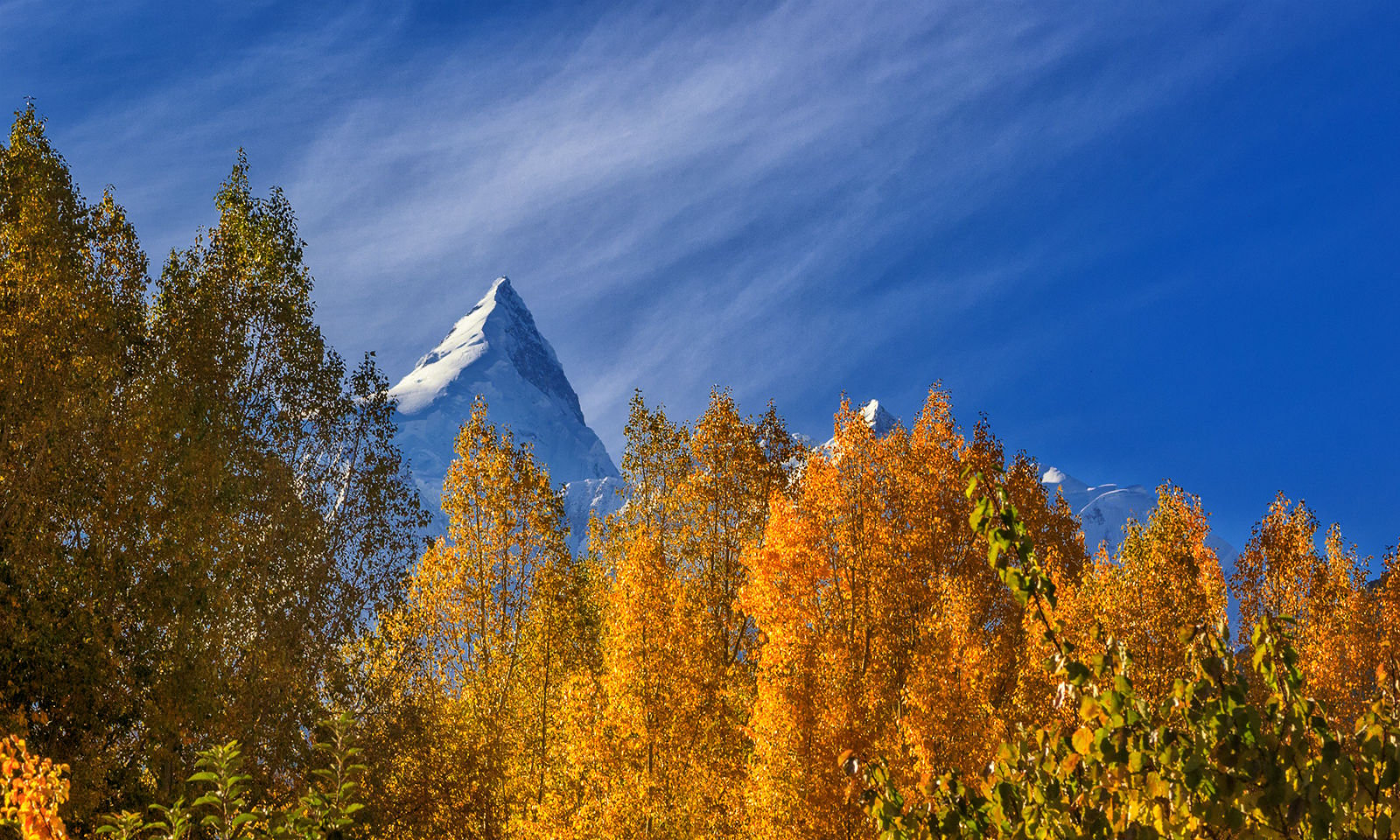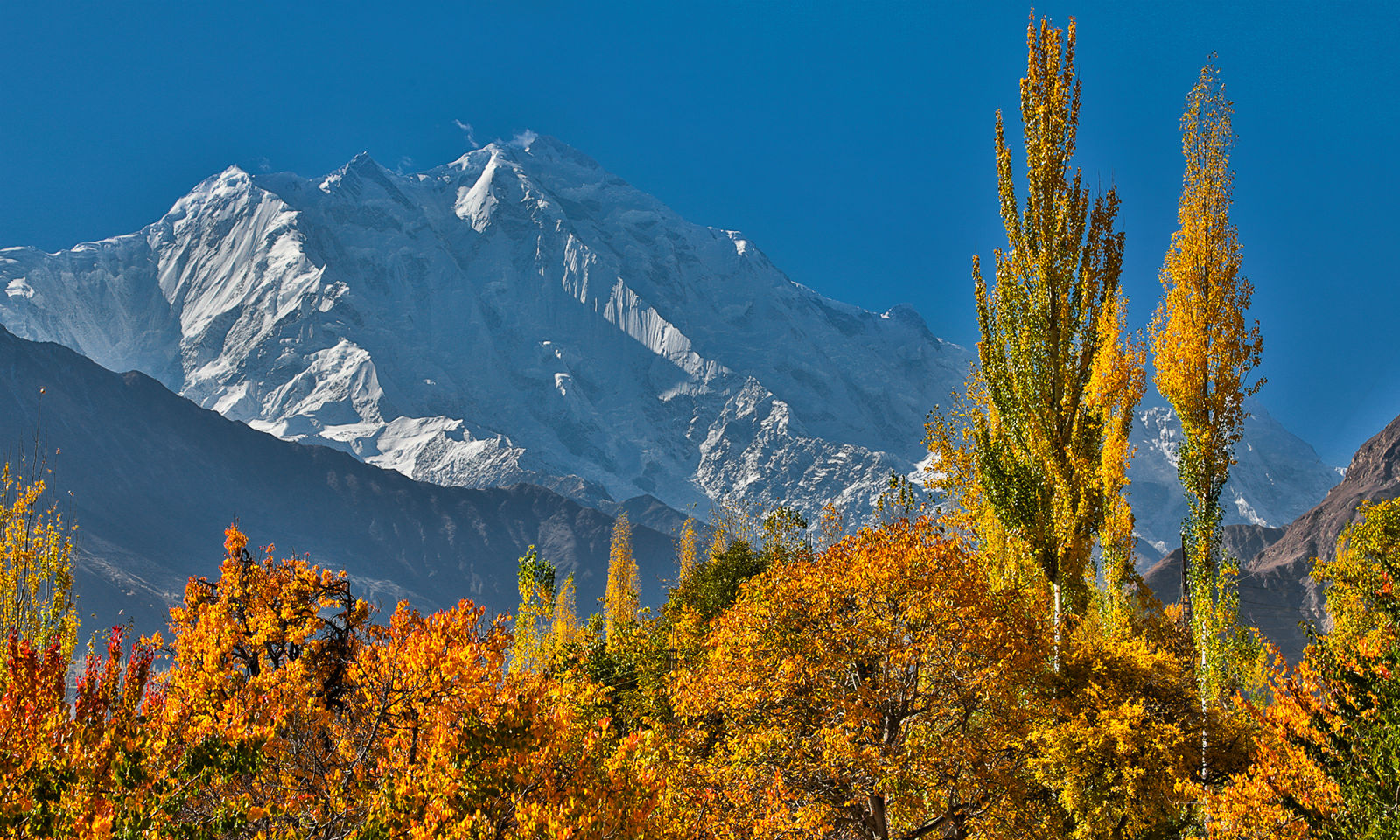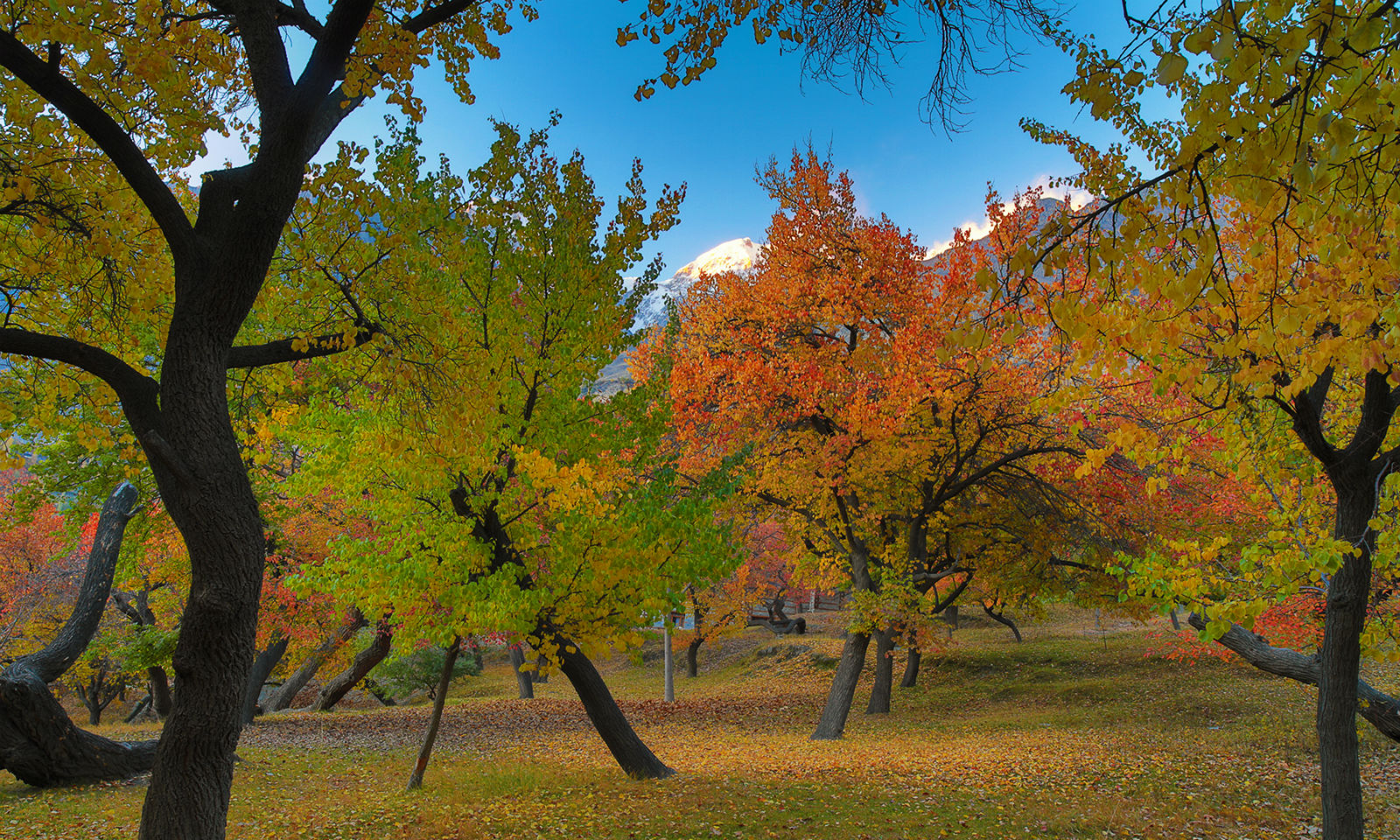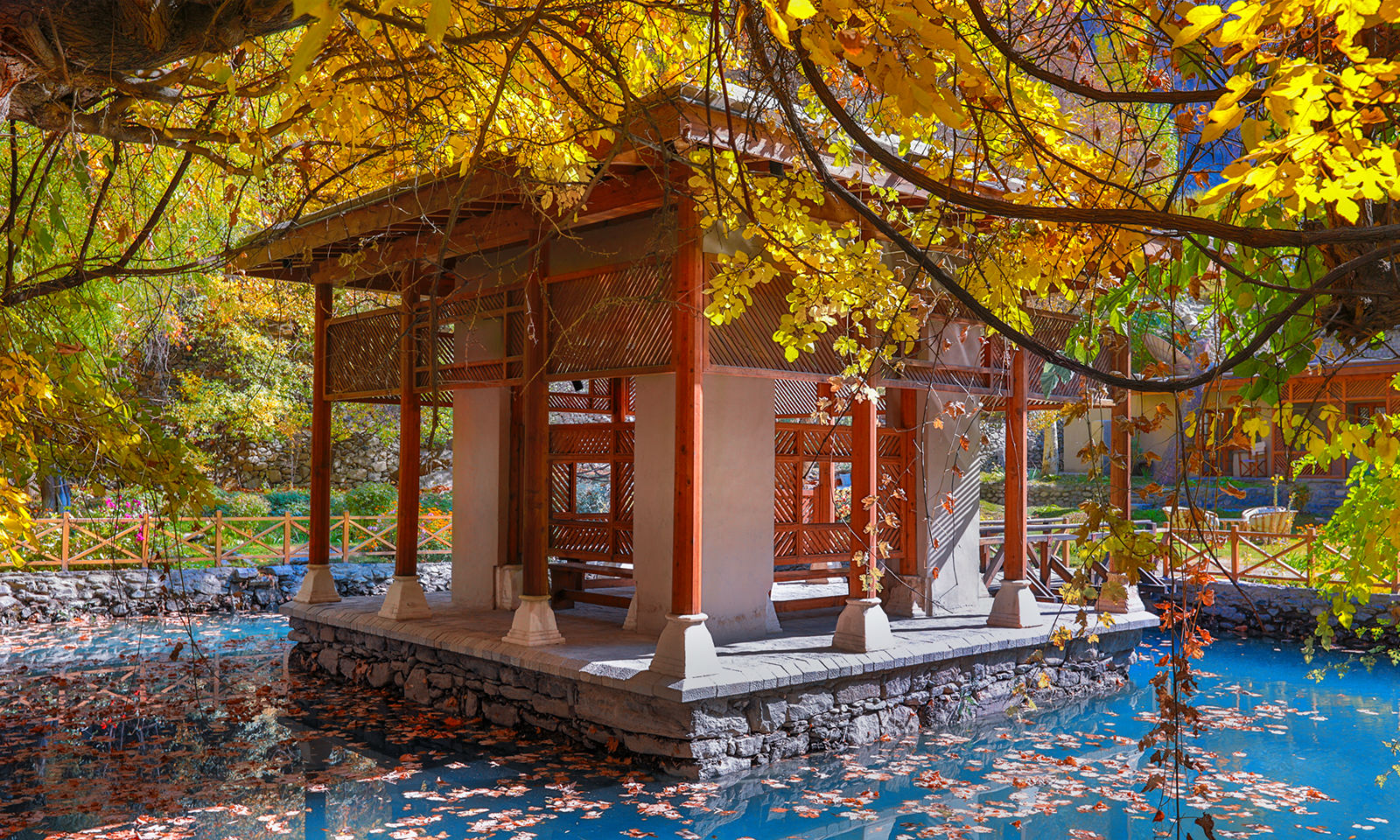Hunza: Be still my restless heart

Foxes have dens to live in, and birds have nests, but the Son of Man has no place even to lay his head ~ Matthew 8:19–20; Luke 9:57–58
For men, nature is at its most beautiful when in between seasons.
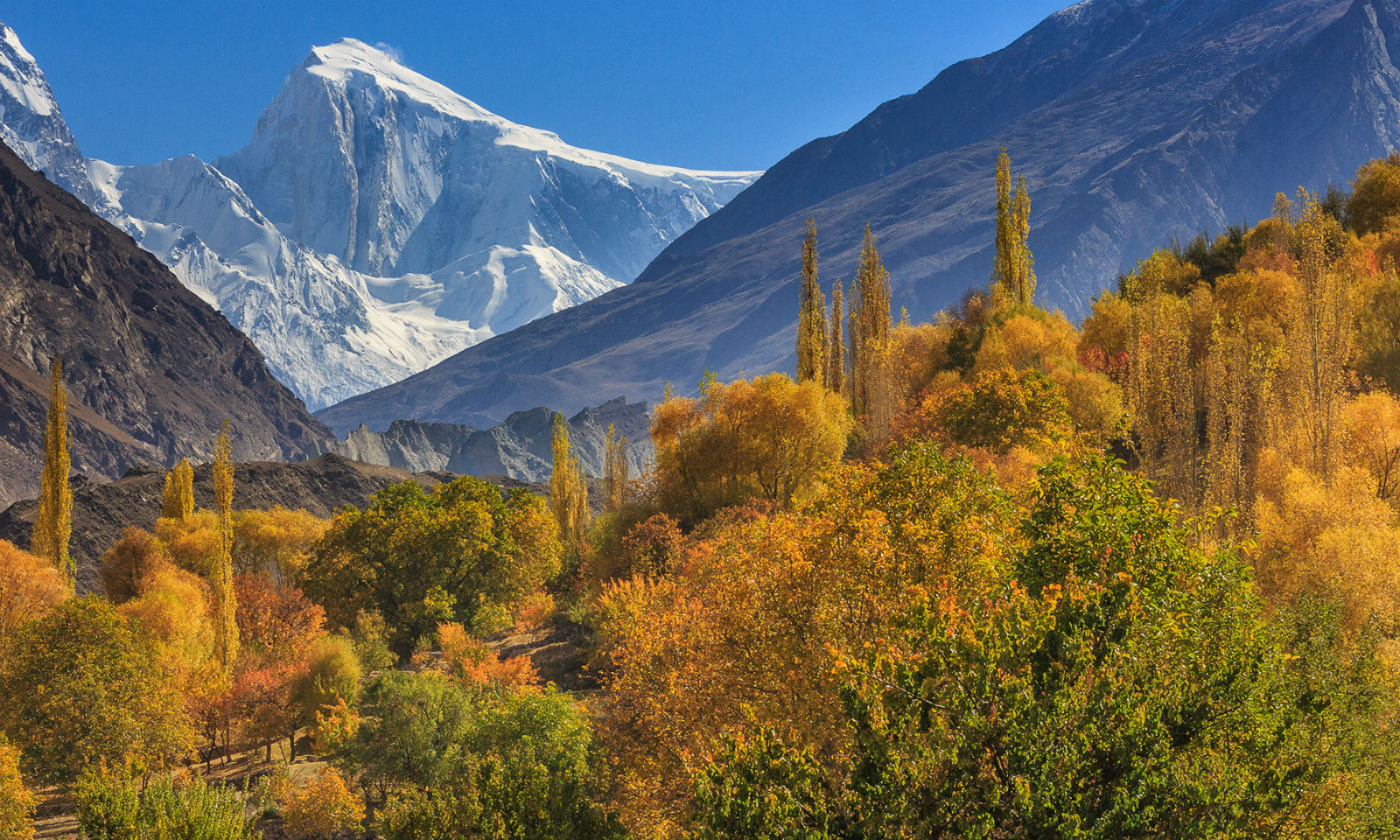
Personally, I look forward to the days when the moon is eclipsed and autumn rolls in slowly and completely. That is when my heart beats faster in excitement and the instinct to travel stirs from slumber. Maybe it’s the pull of Pakistan’s northern areas. But how can one sit still in a white-washed room, when autumn is painting shades of ochre on the landscape?
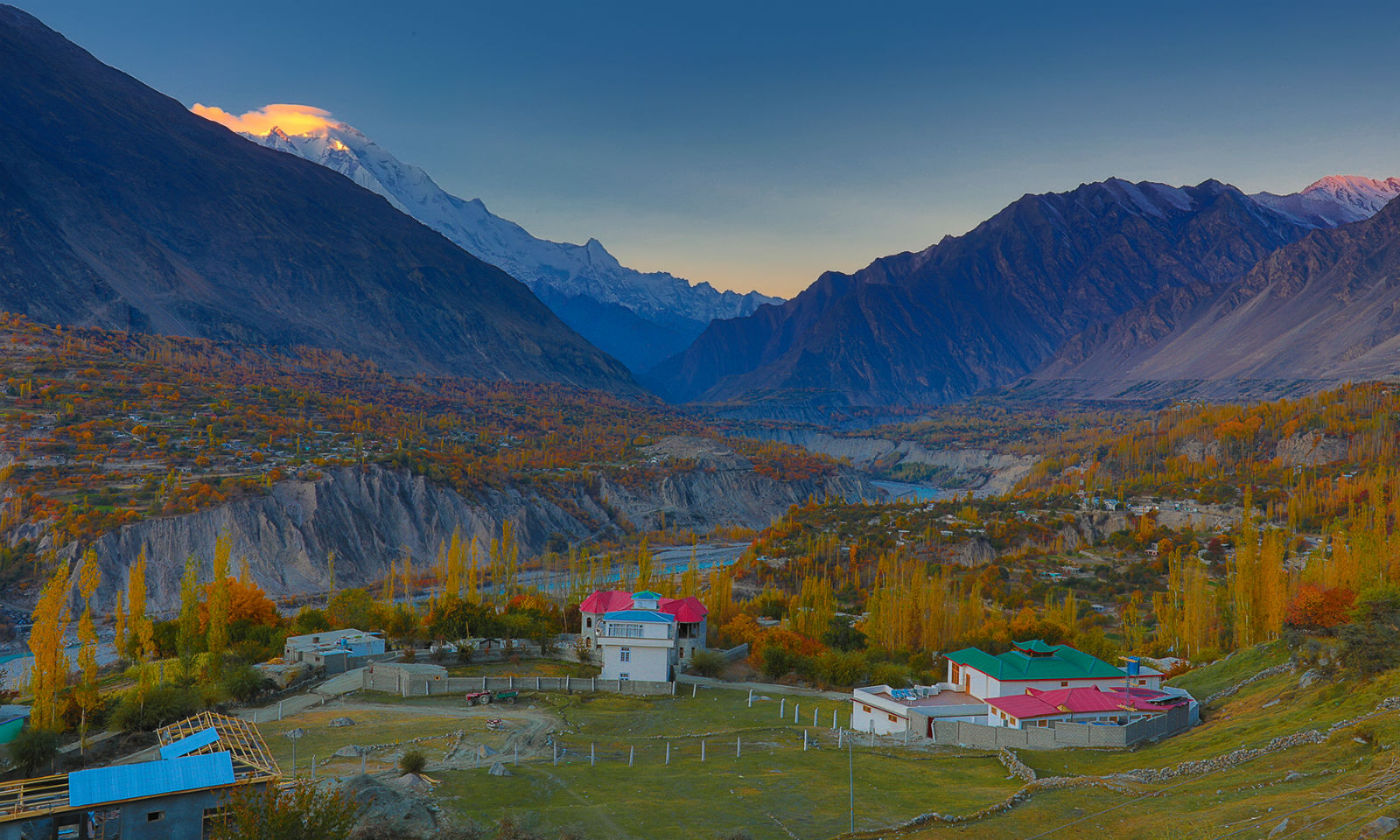
I remember my first night in Hunza. The air was nipping cold. The valley was lit across with blinking fairy lights. A cloud of birds flew over me as the sky turned from orange to blue. The Indus River had a soft murmur as if a water dam had arrested its might. There was no wave on its surface, no bubble to mar its smooth exterior. It seemed as if a giant mirror had been placed in the valley so that the snow-clad mountains could admire their own reflection.
As the breeze blew another icy breath, I turned towards my hotel, tired from the long trip up to Hunza. The places I had traversed through descended on me as if a dream.
The road from Wah Cantt towards Hari Pur/Hawaileeyan is heavily populated and lined with brightly colored buildings and houses. But there is beauty to its foundations, if you stop to look closely. There are red walls with mosaics windows which reflect sunlight in droplets onto the streets.
Driving from Mansehra to Butgram, the view is dotted with small tea plantations, rice and mustard fields. As you move closer to Hazara an explosion of colours hit you –sunlit yellows, oranges and rust-reds.
Cross the Indus River via the Thakot Bridge, and ahead lies Bisham and Dasu. Next is the Karakoram Highway etched as if with a charcoal through dark, towering mountains. Peeking from behind are the snow-covered mountain peaks. Here as you move further up the air takes on a nervous edge. This barren beauty is strangely moving, yet terrifying.
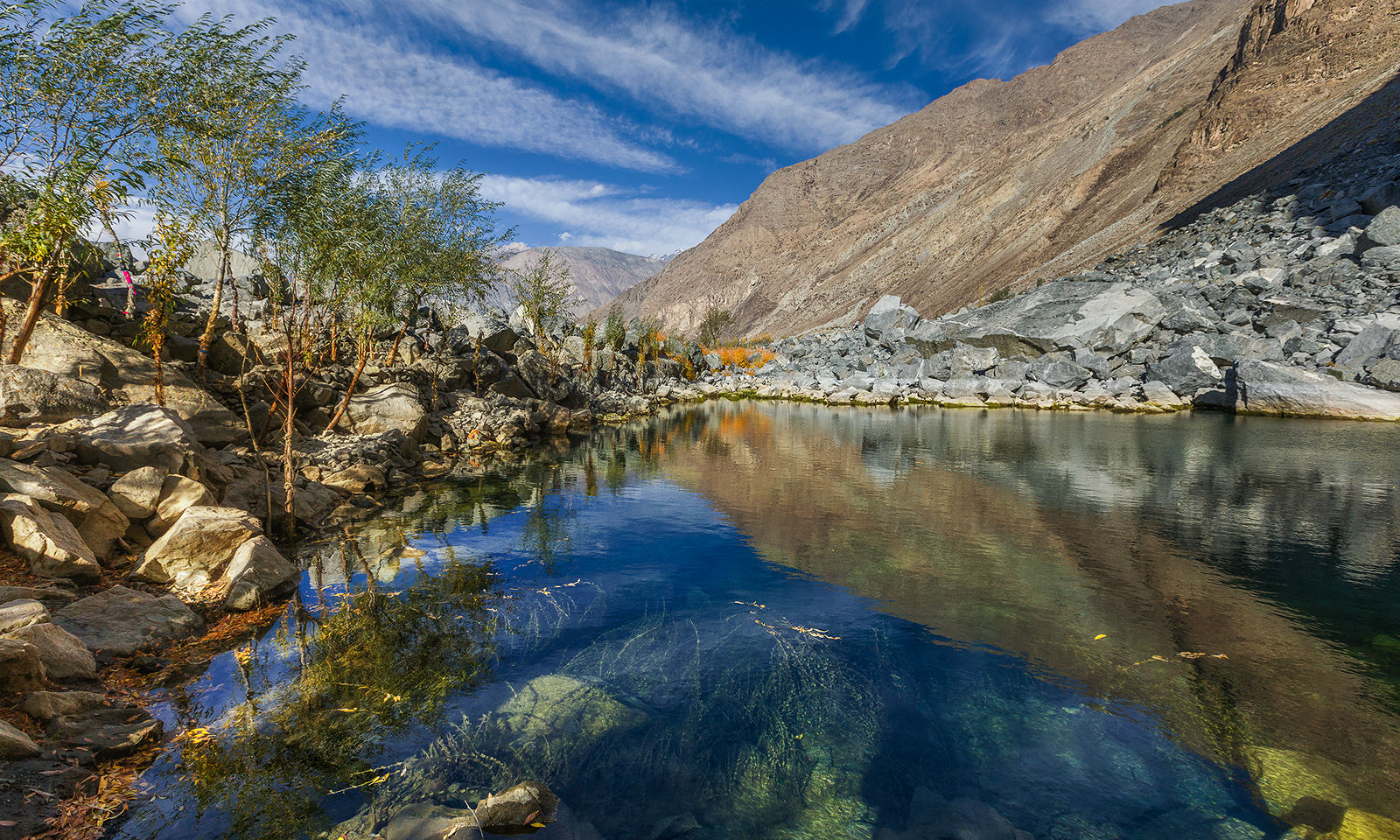
Near Chilas, the valleys become bigger and wider. The Indus River spreads in width as the gloomy mountains reflect onto its surface.
Further on, a road branches off the silk route to turn right towards Skardu. It’s an eight-hour journey on this winding narrow road that can be draining and exhausting. But worry not, at the end of it lies heaven.
In Skardu, when I woke the next morning in my hotel room, the sunlight was shyly peeping in through my window. Outside in the valley were multicolored glories of the season.
I picked up my camera and set off. By evening I was in a village near the Skardu city, admiring its arid desert, as a single large cloud rained down on me.
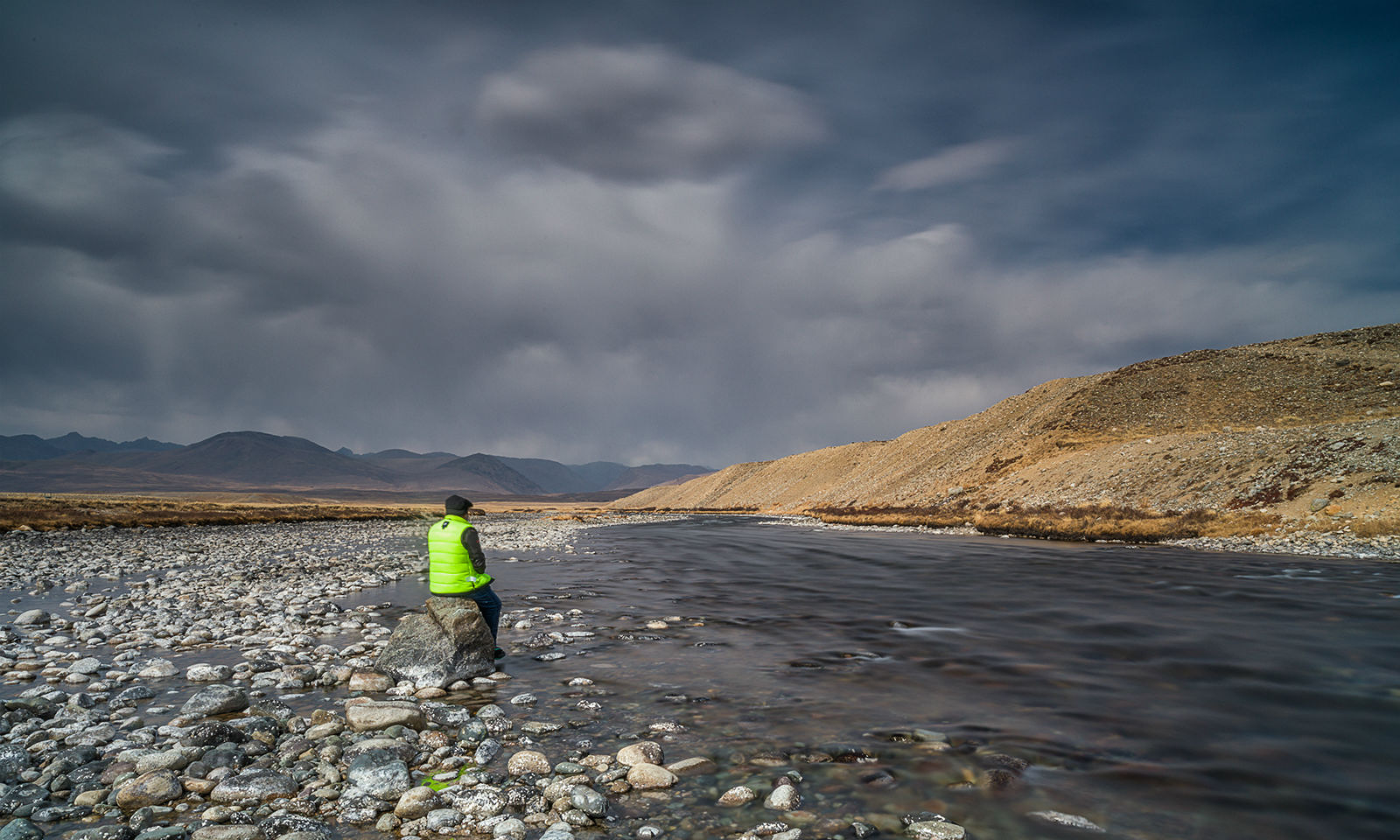
Like life, rainfall can take on many guises. All my life, I have been in awe of the different sounds of rainfall. I have heard these sounds in solitude, in deserts, in forests, in meadows, on mountains and in chaos. The sound of rainfall is connected to the memories of a romantic past. The sound of rainfall falling on roofs, on tree leaves and on window panes, makes its way into our thoughts evoking once again a time we may have forgotten. The smell of wet soil settles into our very pores. I do not have a scientific explanation for this but I do know that for me, rainfall is one of nature’s most beautiful gifts.
The sky cleared up at night as the stars and the moon popped up. Around me the grainy dunes turned into a magnificent silver.
The next morning, I headed off towards the Shangrila Resort and Kachura Lake. By evening, the lake took on a life of its own. Its brilliant blue waters seemed to have become even prettier in the autumn light. My search for fall’s true colors lead me to Khaplu, the seat of the Ghangche district. Here, the Shyok River was my companion. By the time I reached Khaplu, the sun was setting. I checked into the PTDC resort, then walked over to the woods. What a brilliant moment it is to watch trees shed their leaves. A kind of a rebirth of nature. Below the now barren tree trunks lay a peachy colored carpet made entirely of fallen leaves.
The following day, I left for the valley of Hunza, where a friend had arranged a traditional dinner for me in the Gulmit village.
I roamed around in the streets of Gulmit and then reached the bridge which connects to the old settlement of the Hussaini Village. This bridge had been recently repaired. Once it was considered amongst the most dangerous bridges in the world. But even today, it is a brave attempt. The river below me was not flowing with all its might, yet I felt dizzy as vertigo claimed my senses.
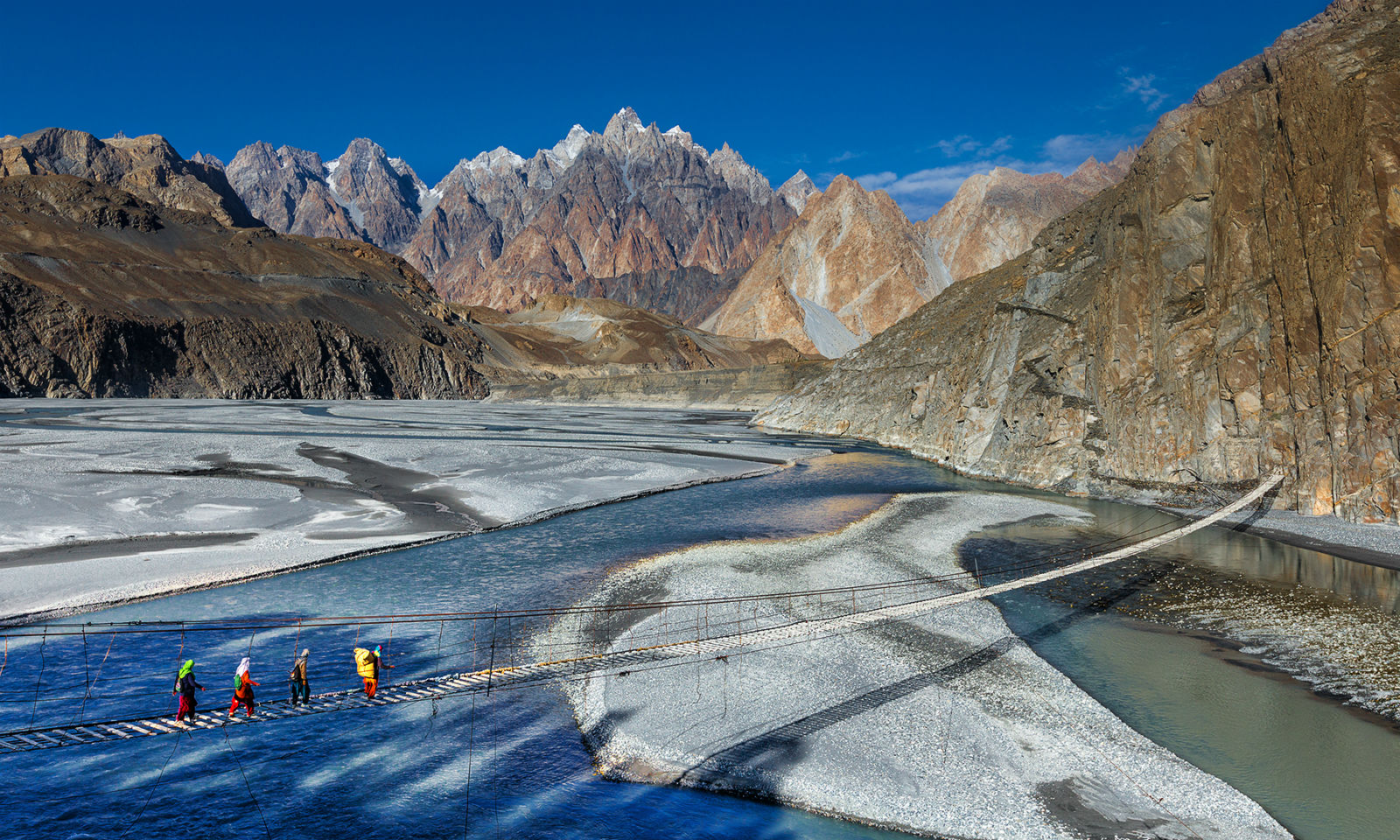
By the time I reached the Phandar Valley, the sun was disappearing behind the mountains. Trees on the banks of the Ghizer River looked as if they were lit by matches. I strolled over to my resort’s helipad, from where the valley can be observed in all its glory. This was my last night in the north.
As I headed home the next morning I played a rendition of Ghalib’s poetry. One of the verses in it was about a restless heart. At which point my driver turned to me and asked, “Sir, are you still restless?” I smiled in reply. Outside, the sun rose higher, the valley was half in sunshine and half in shade. While the road was empty. I leaned back in the seat and closed my eyes.
- The author is an Asst Professor at the Creative Arts department at the University of Lahore. He is an avid photographer and traveler.



